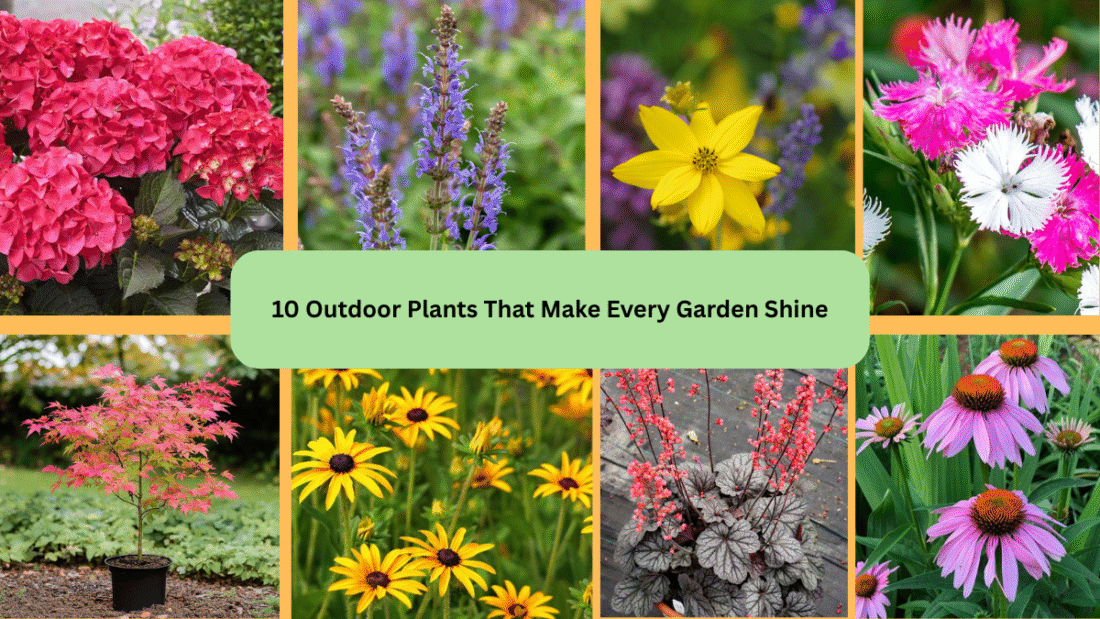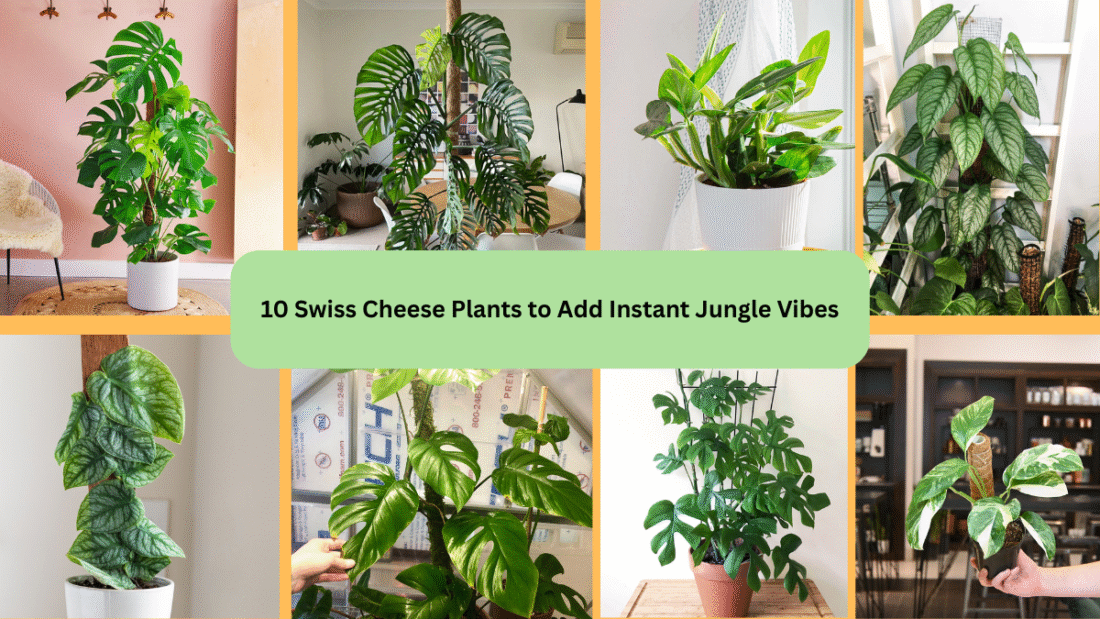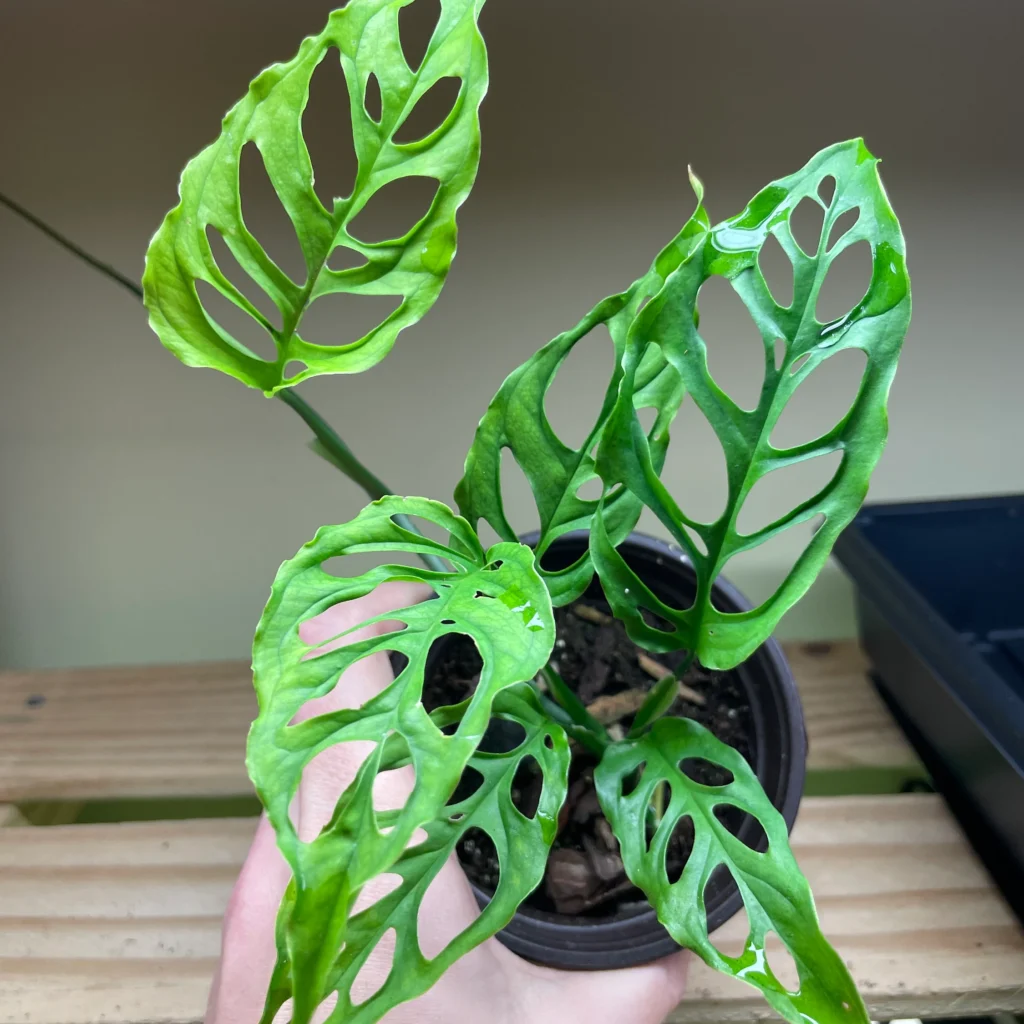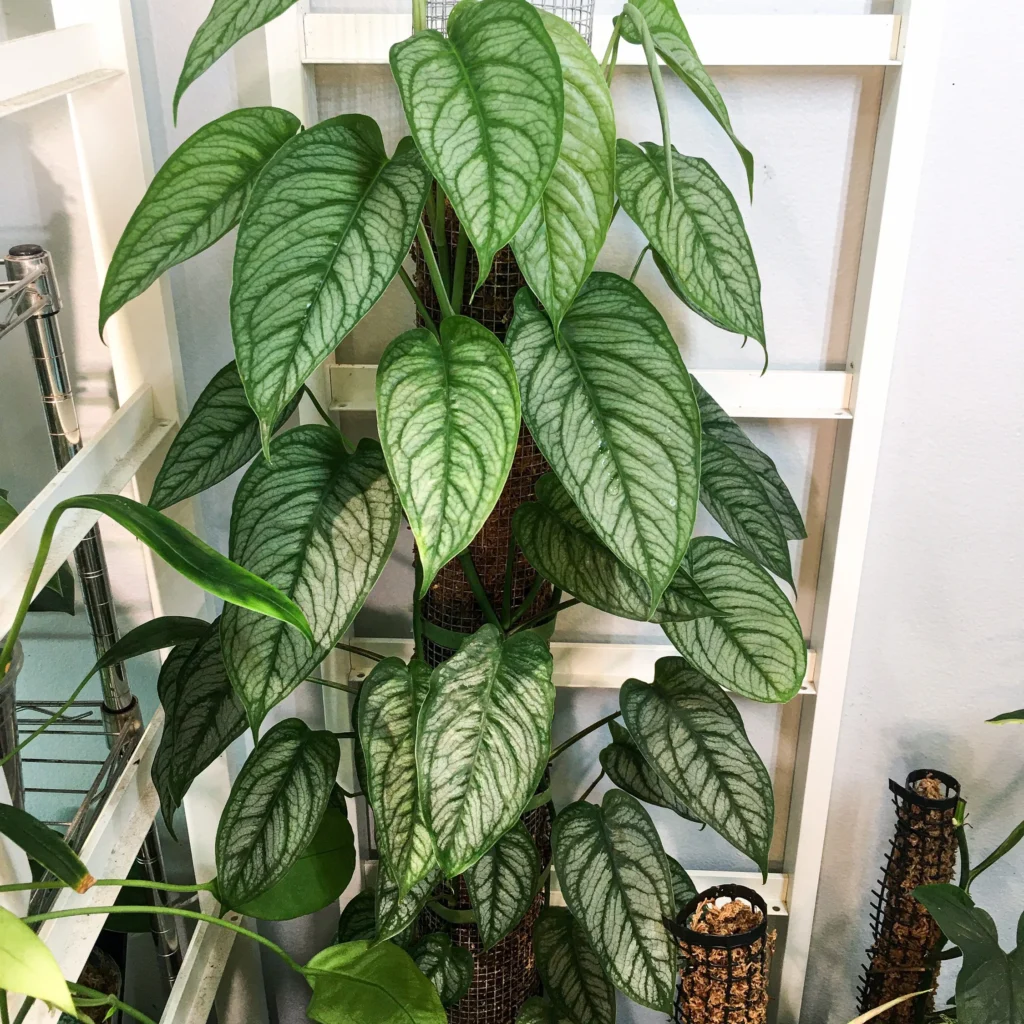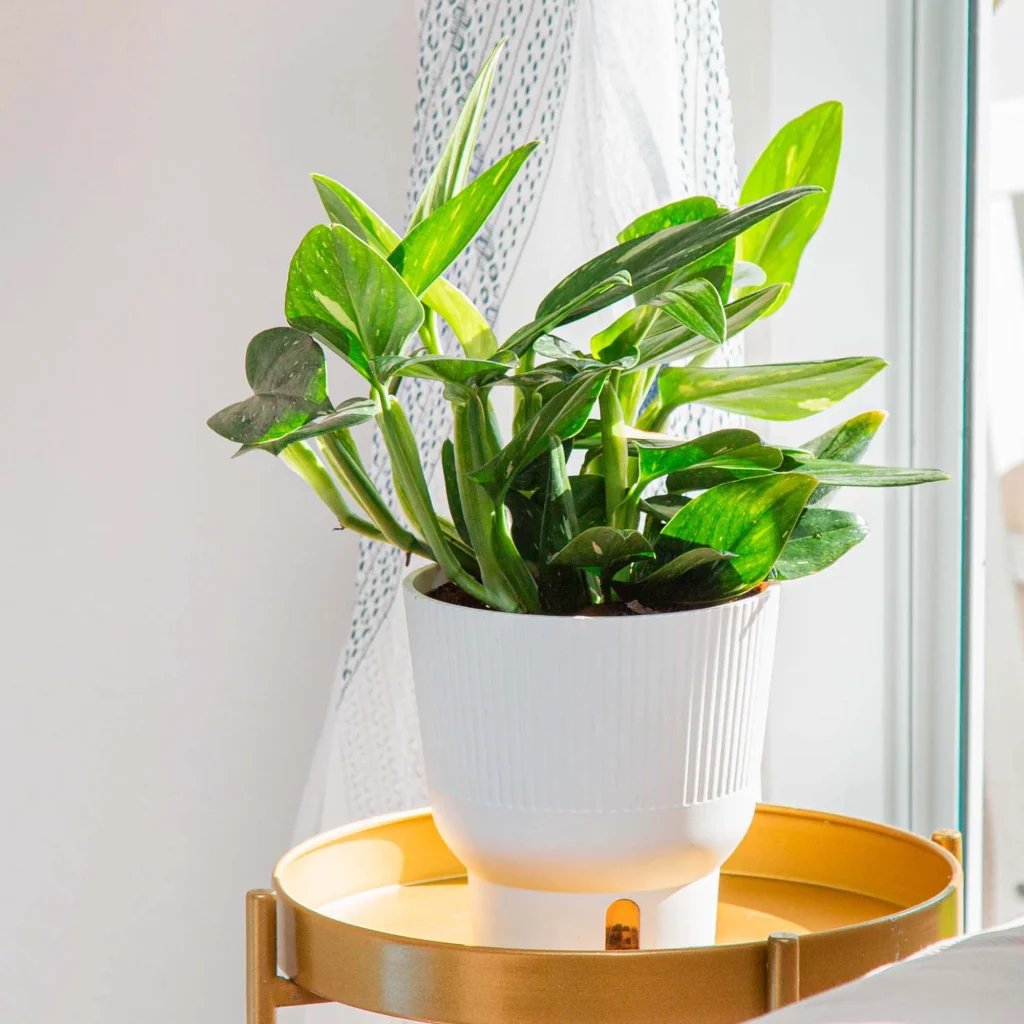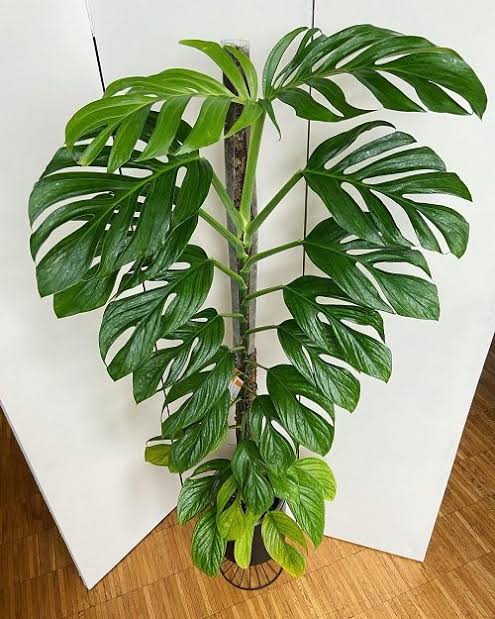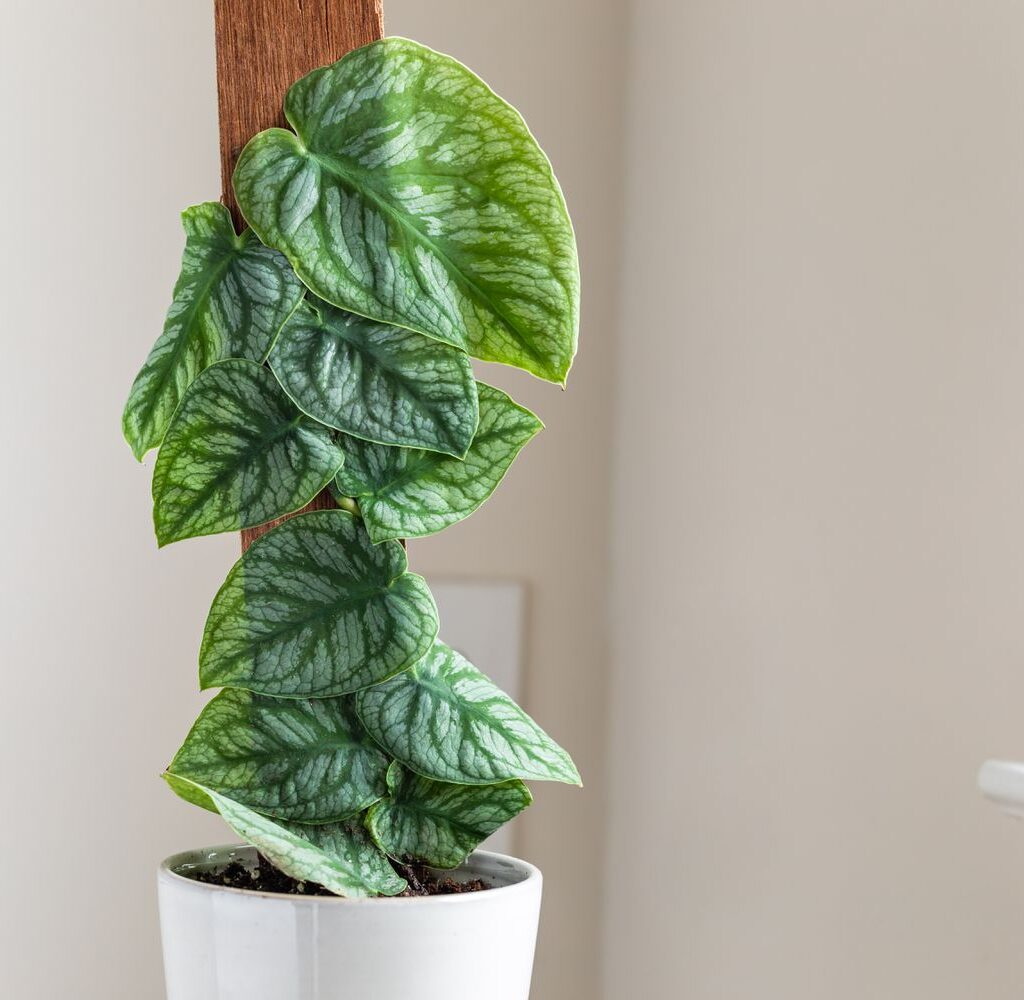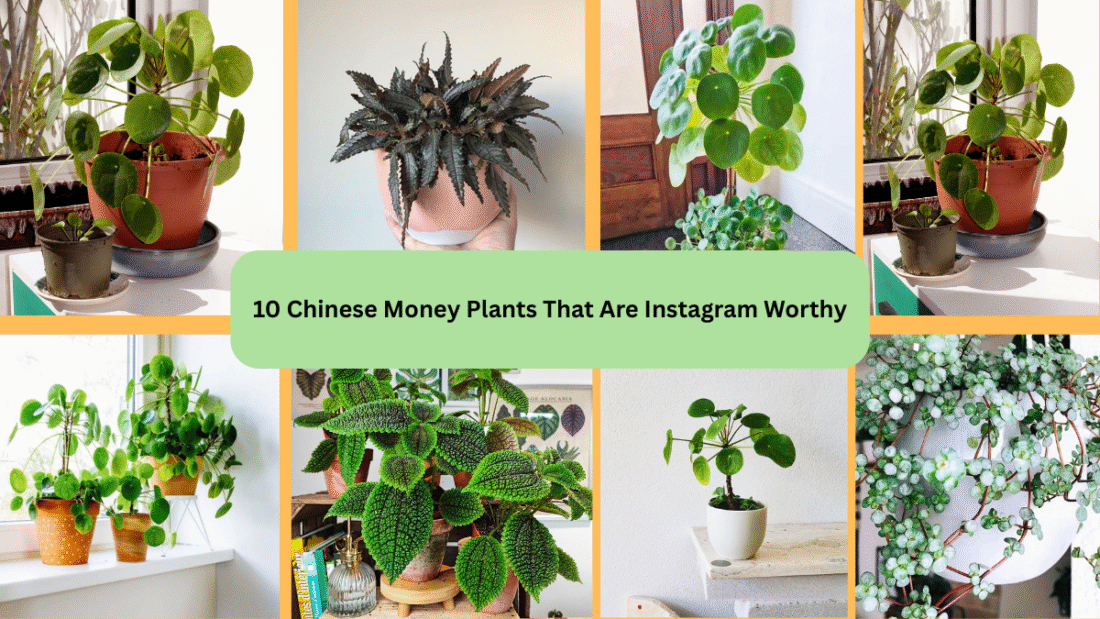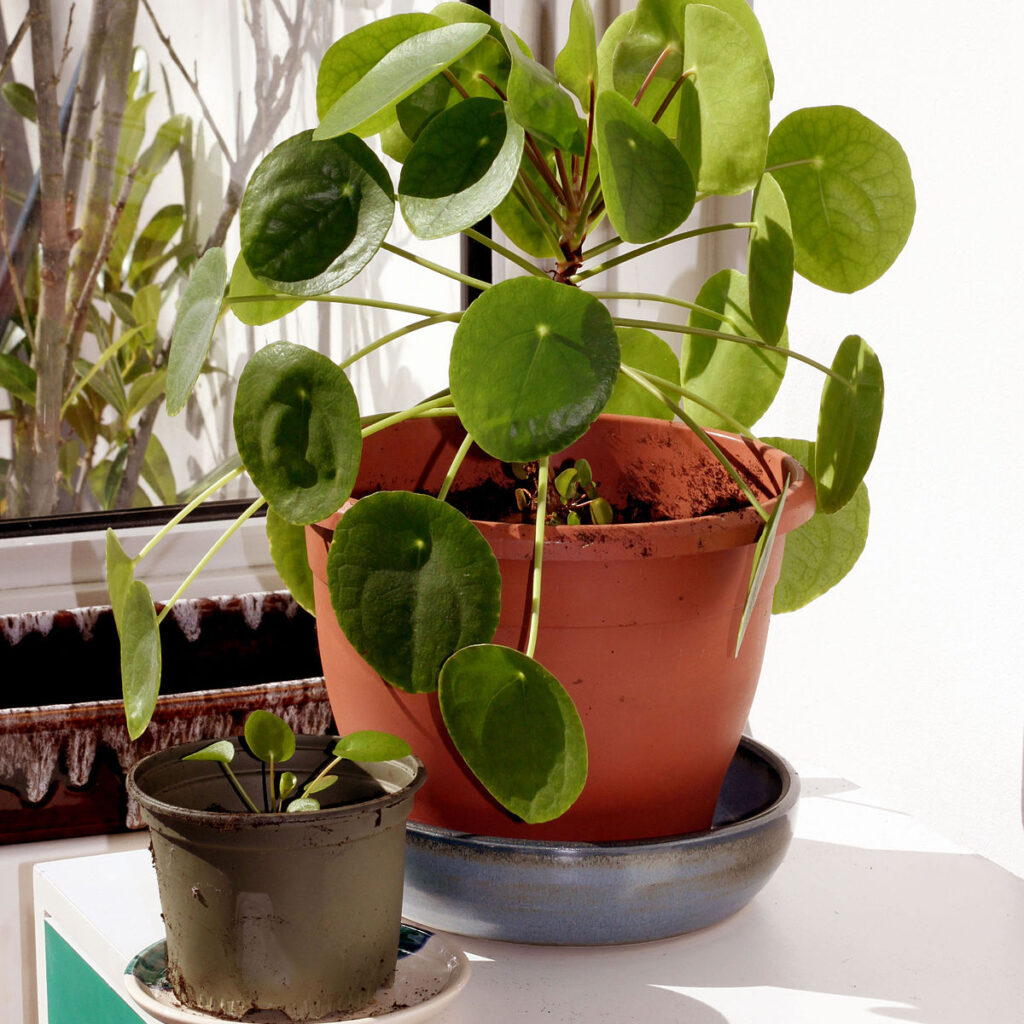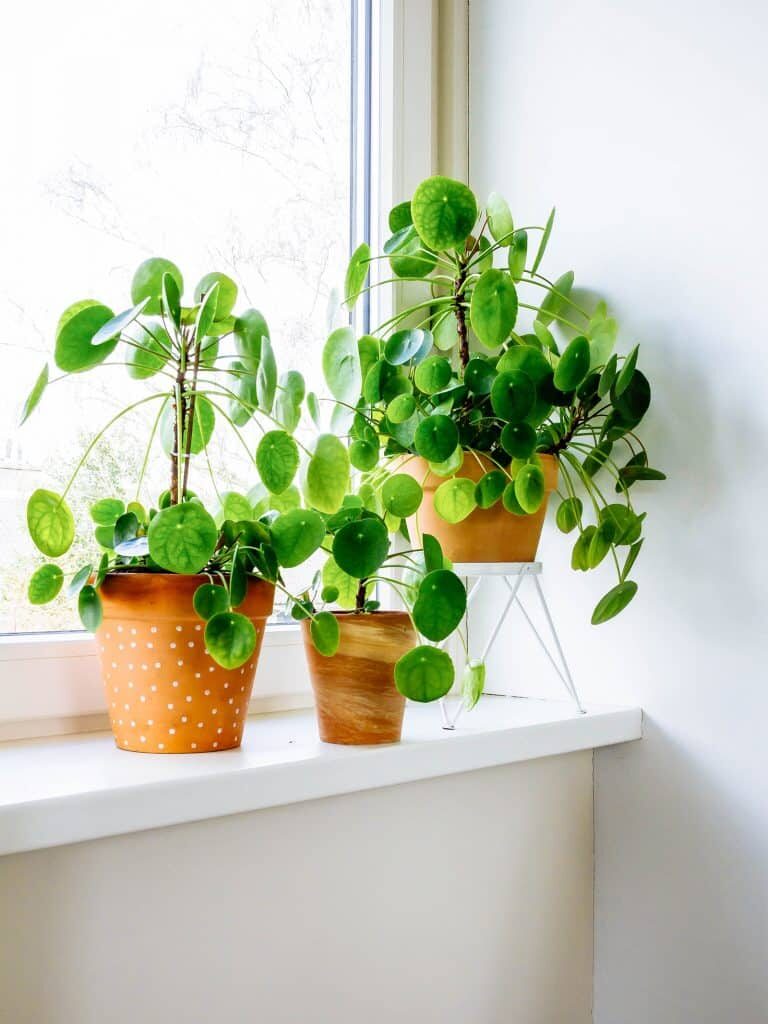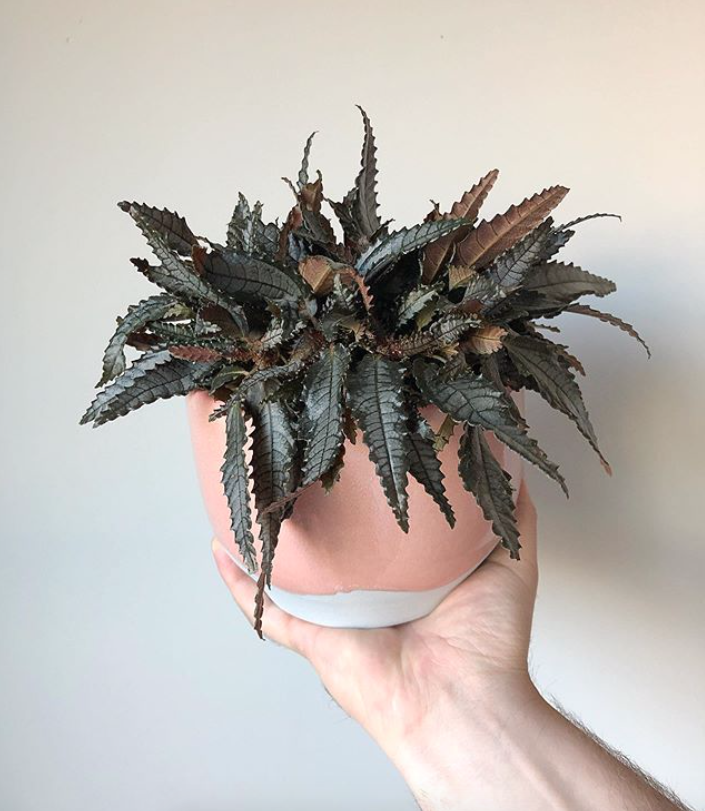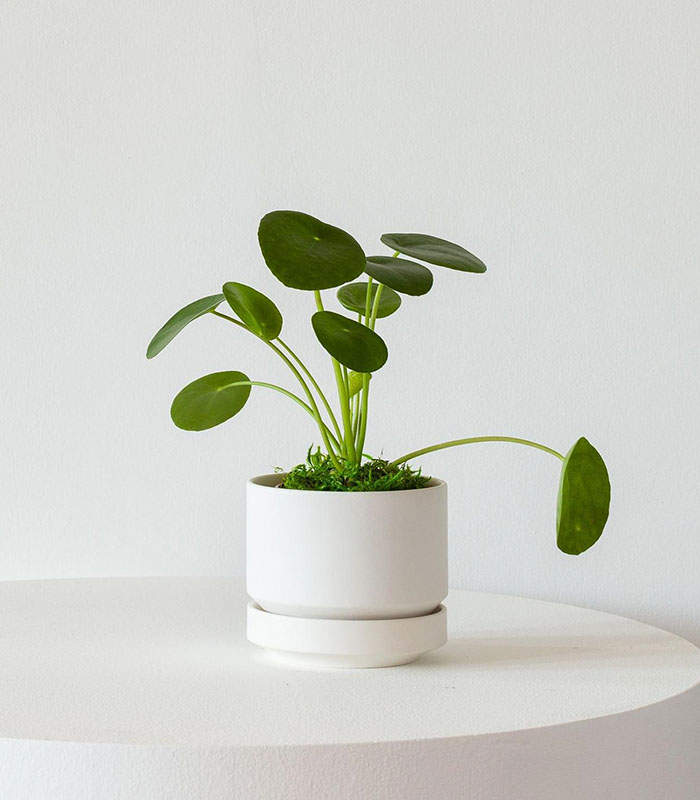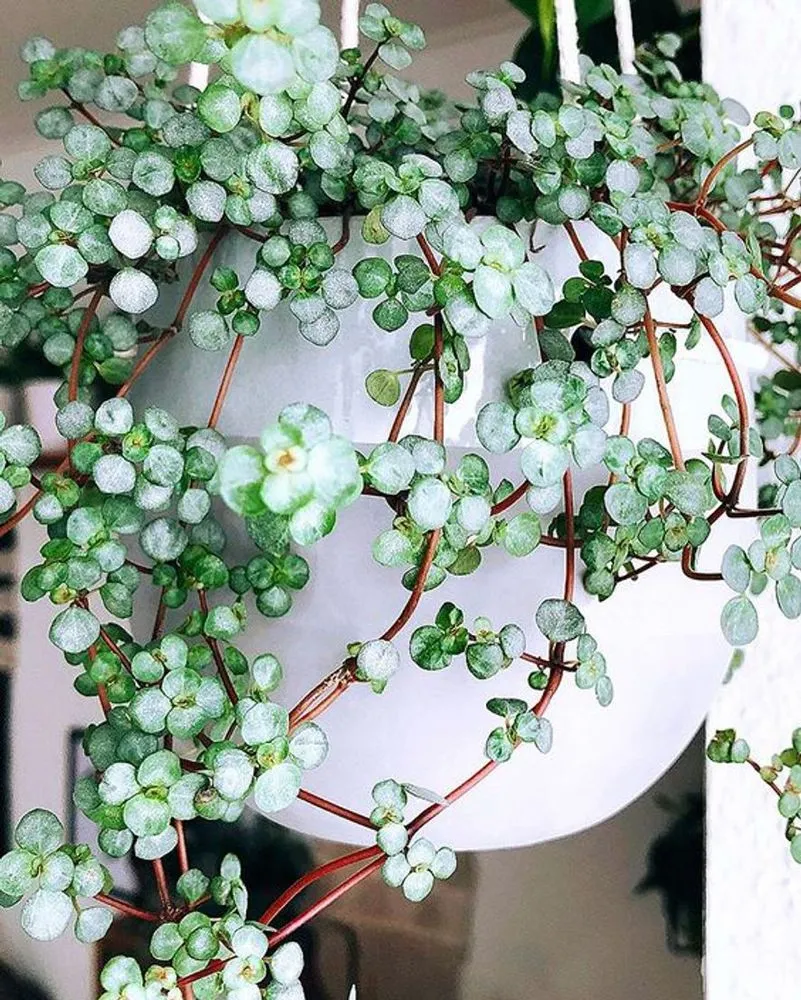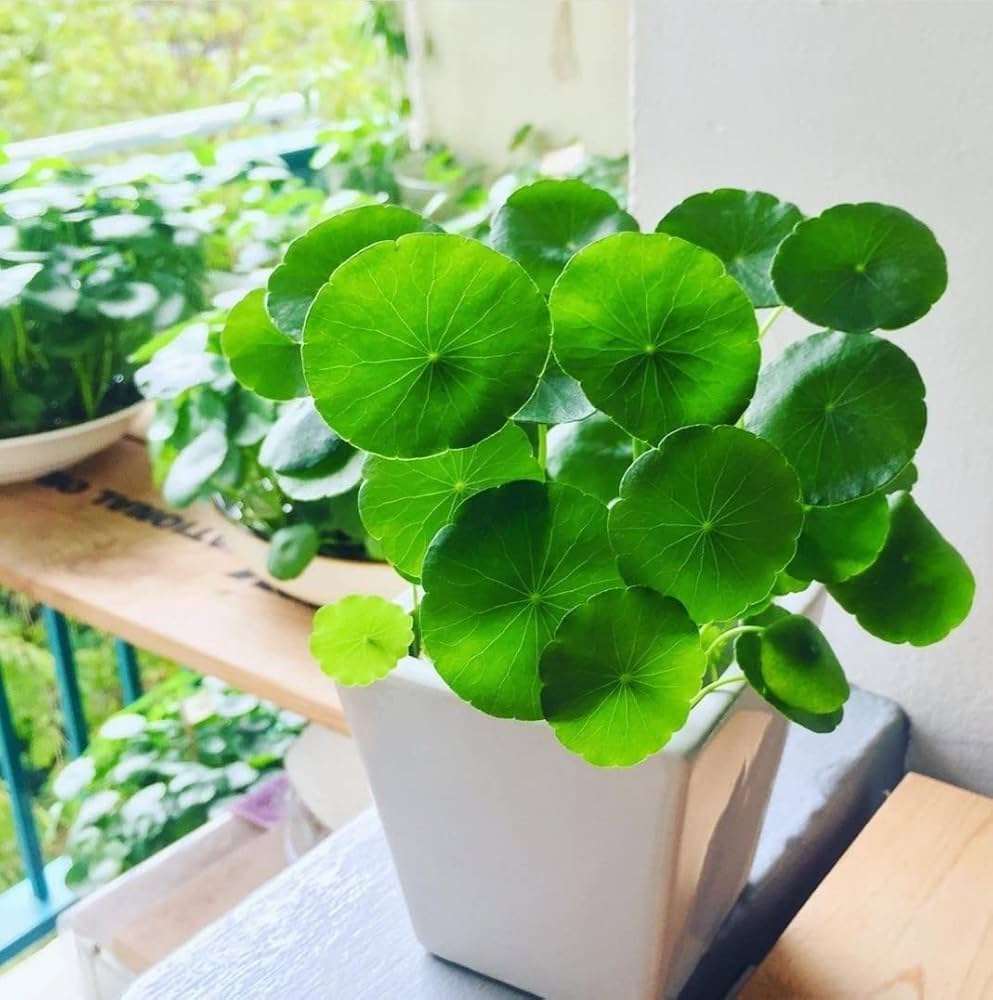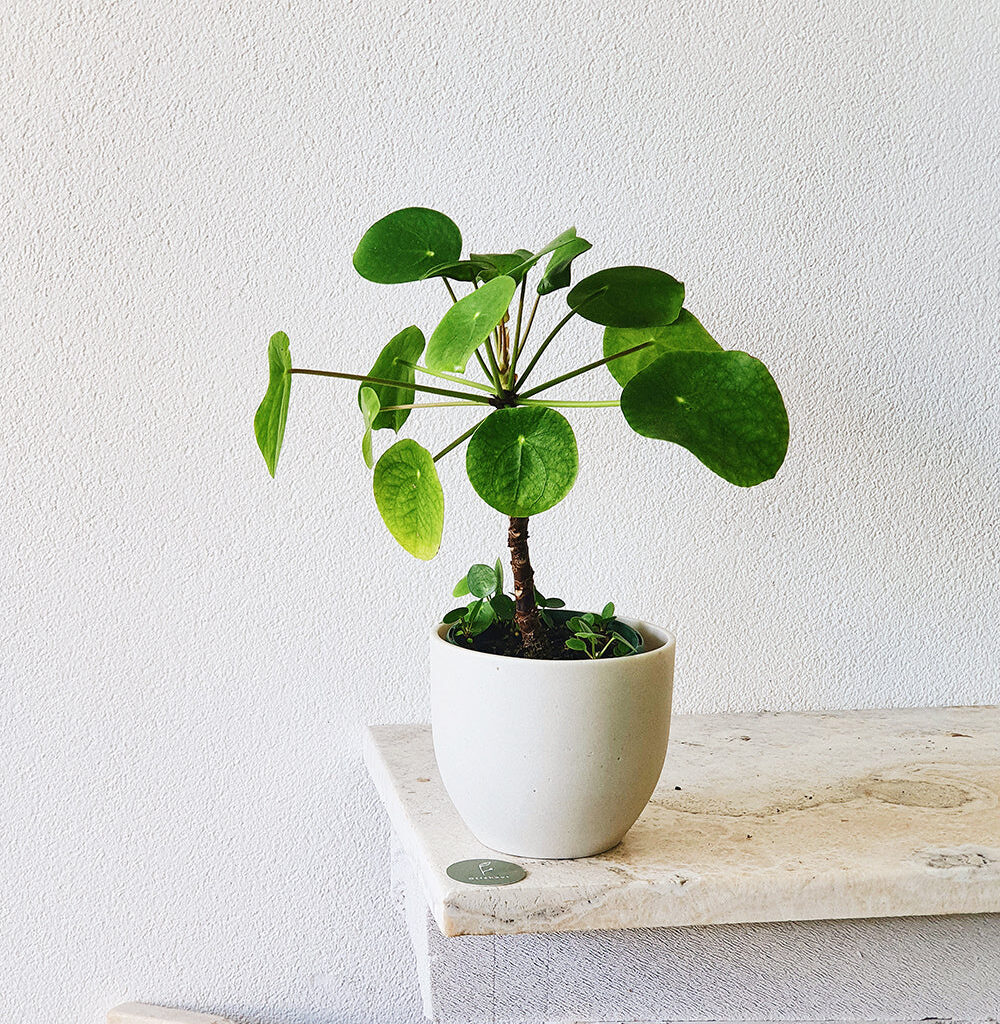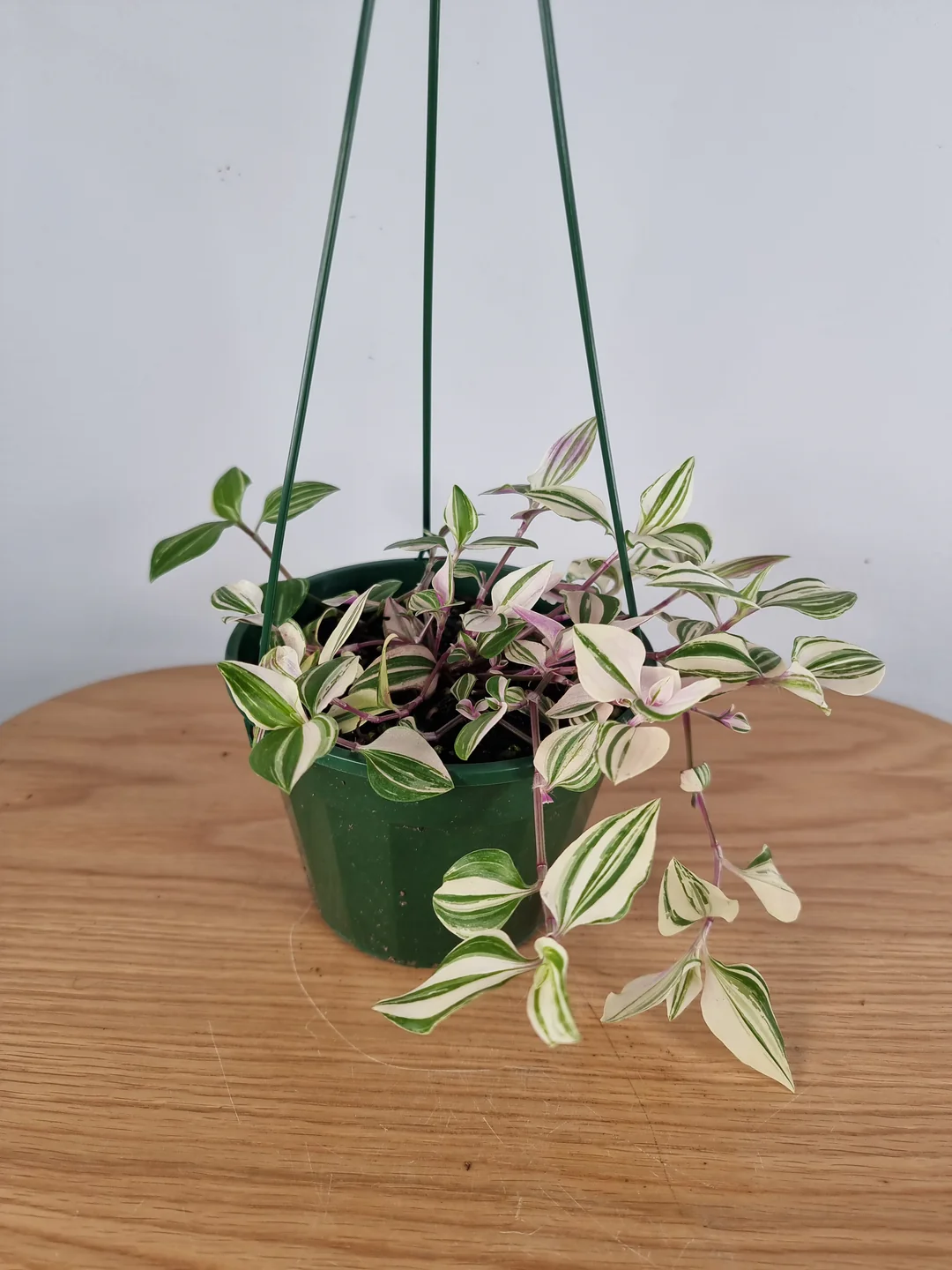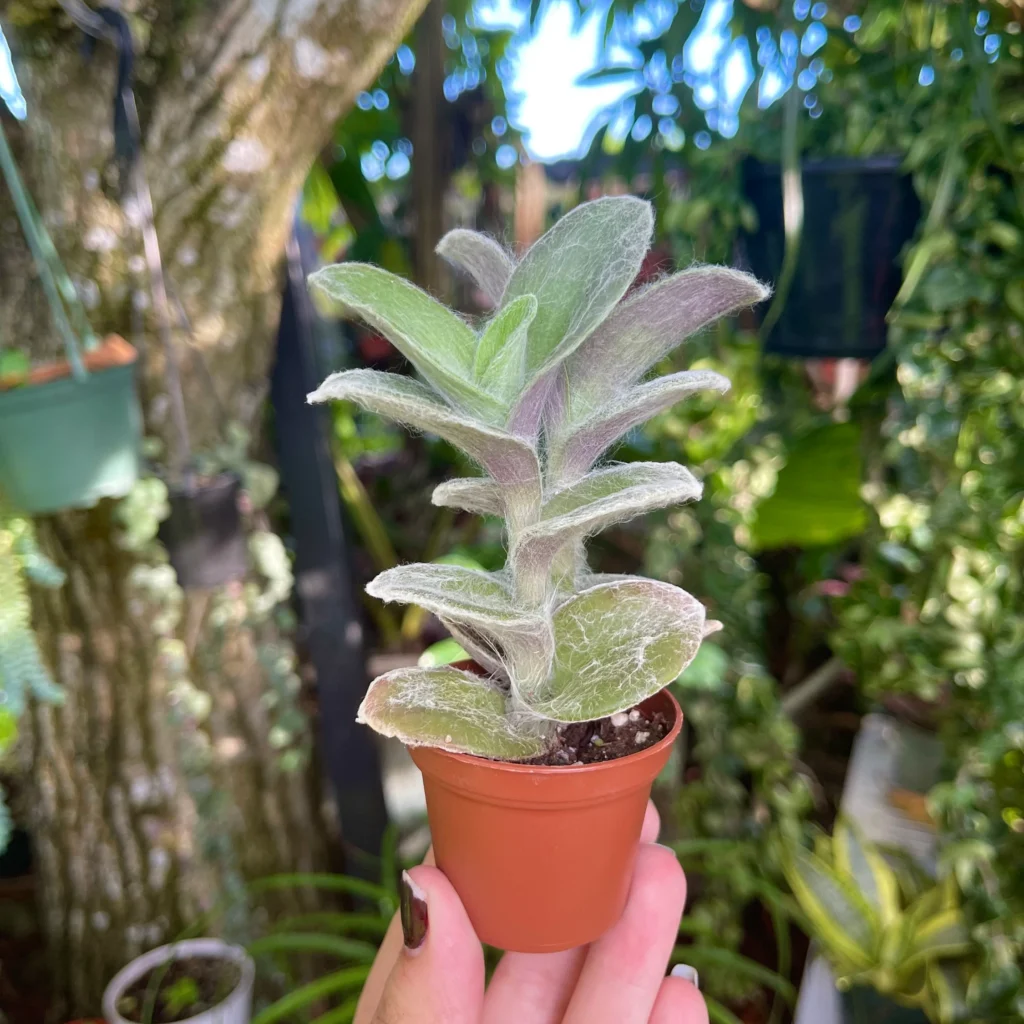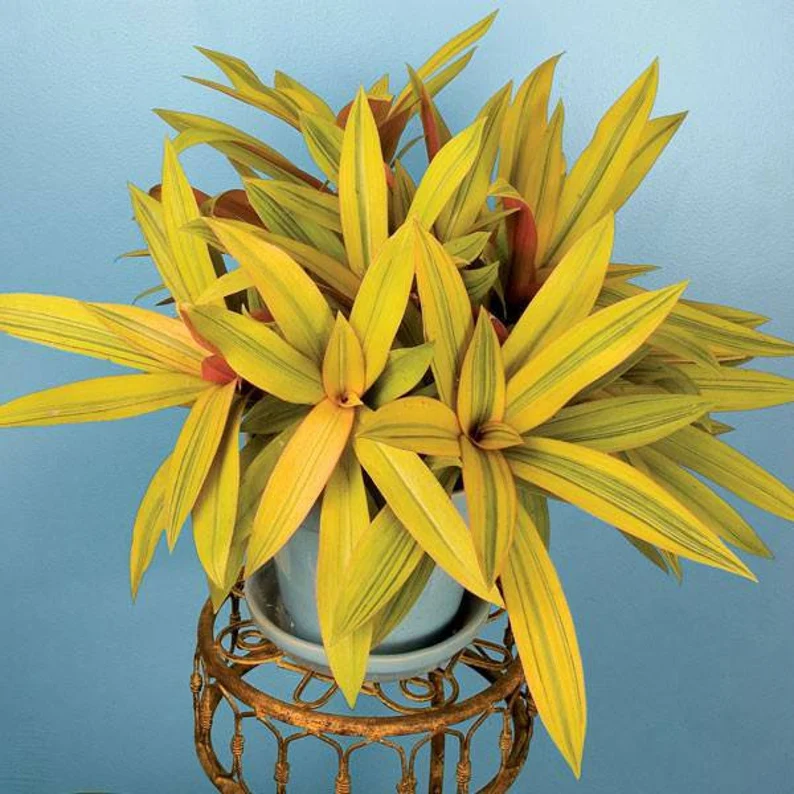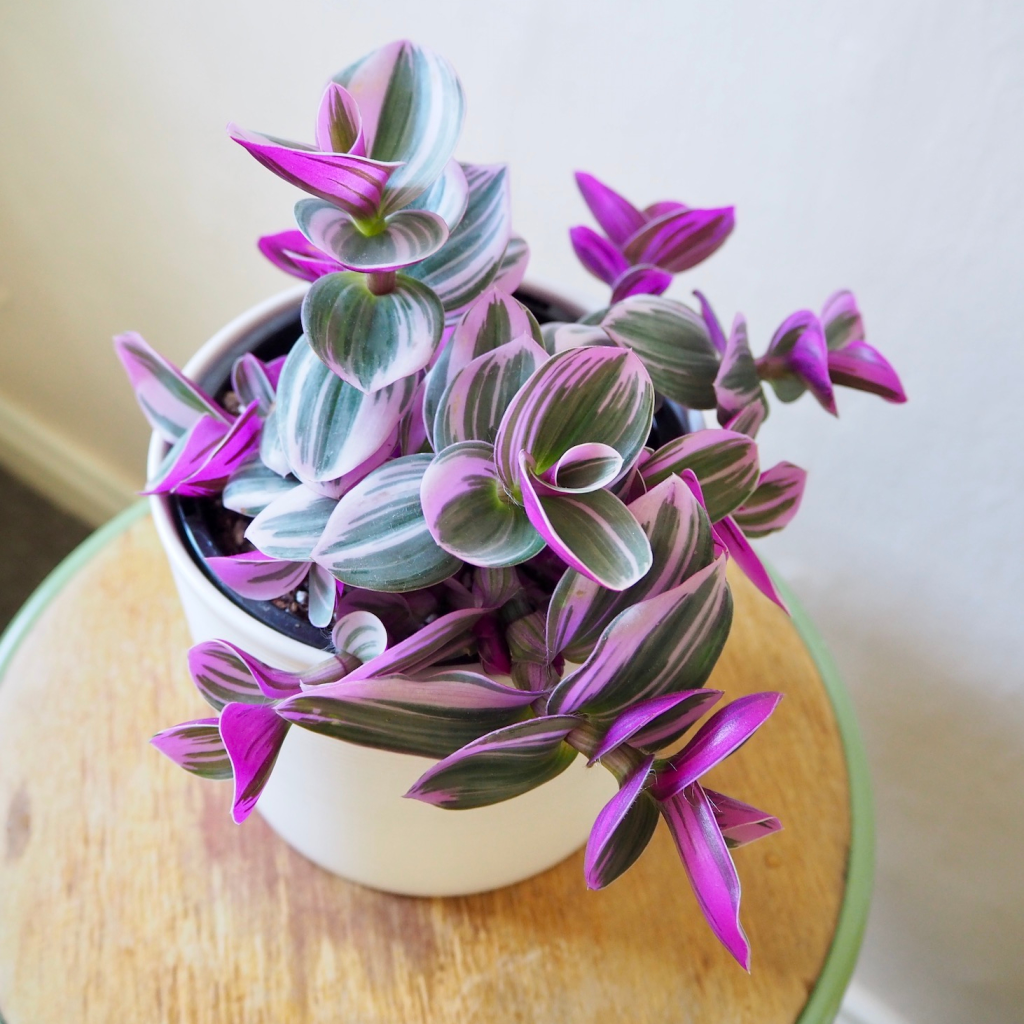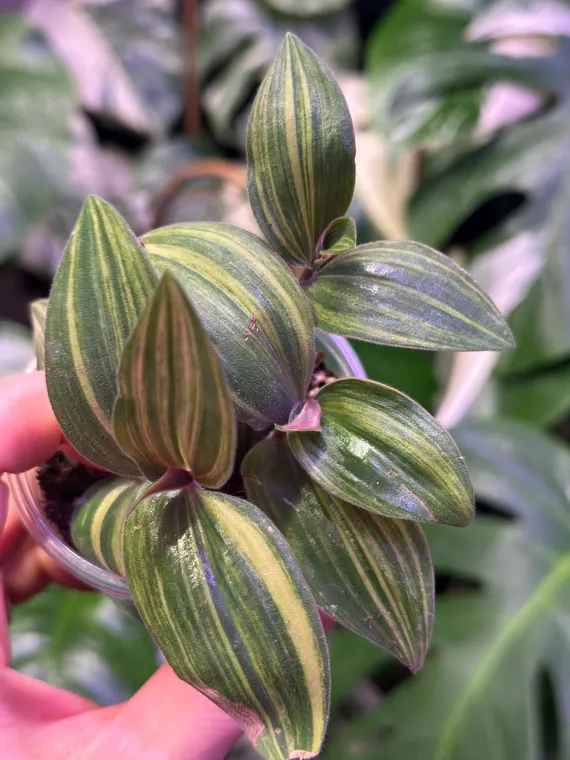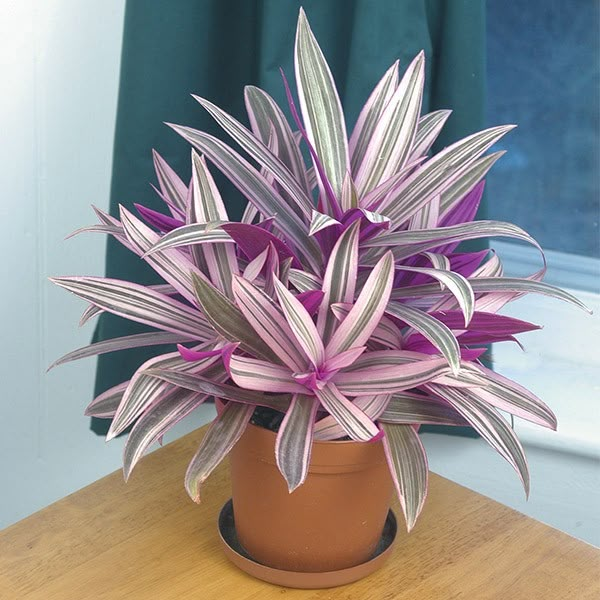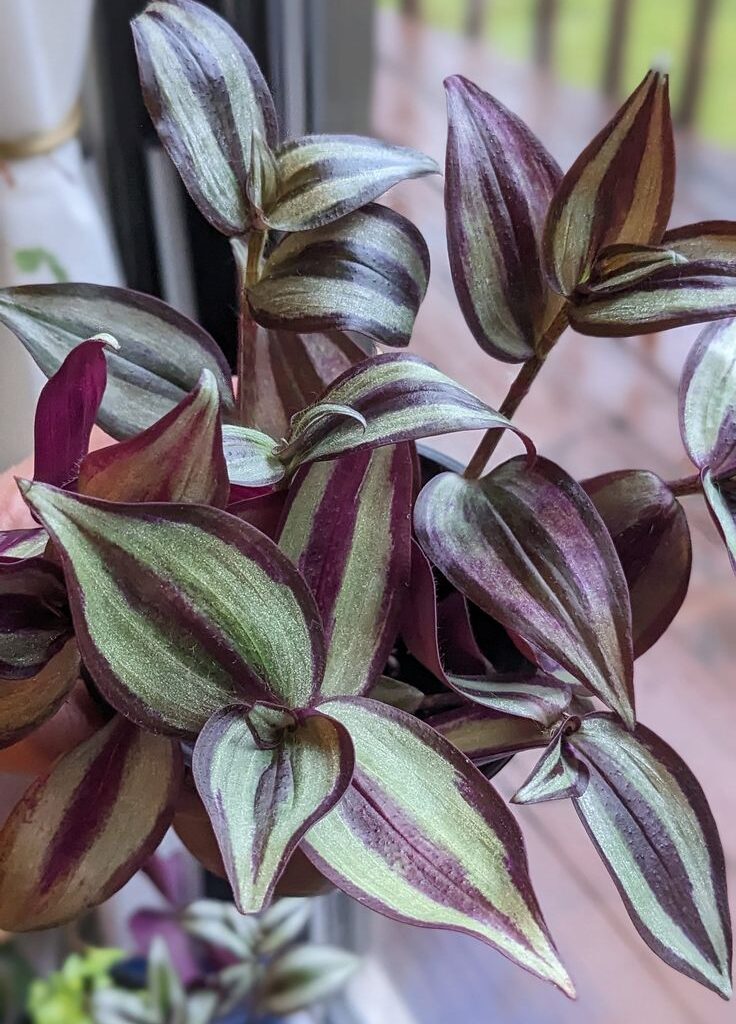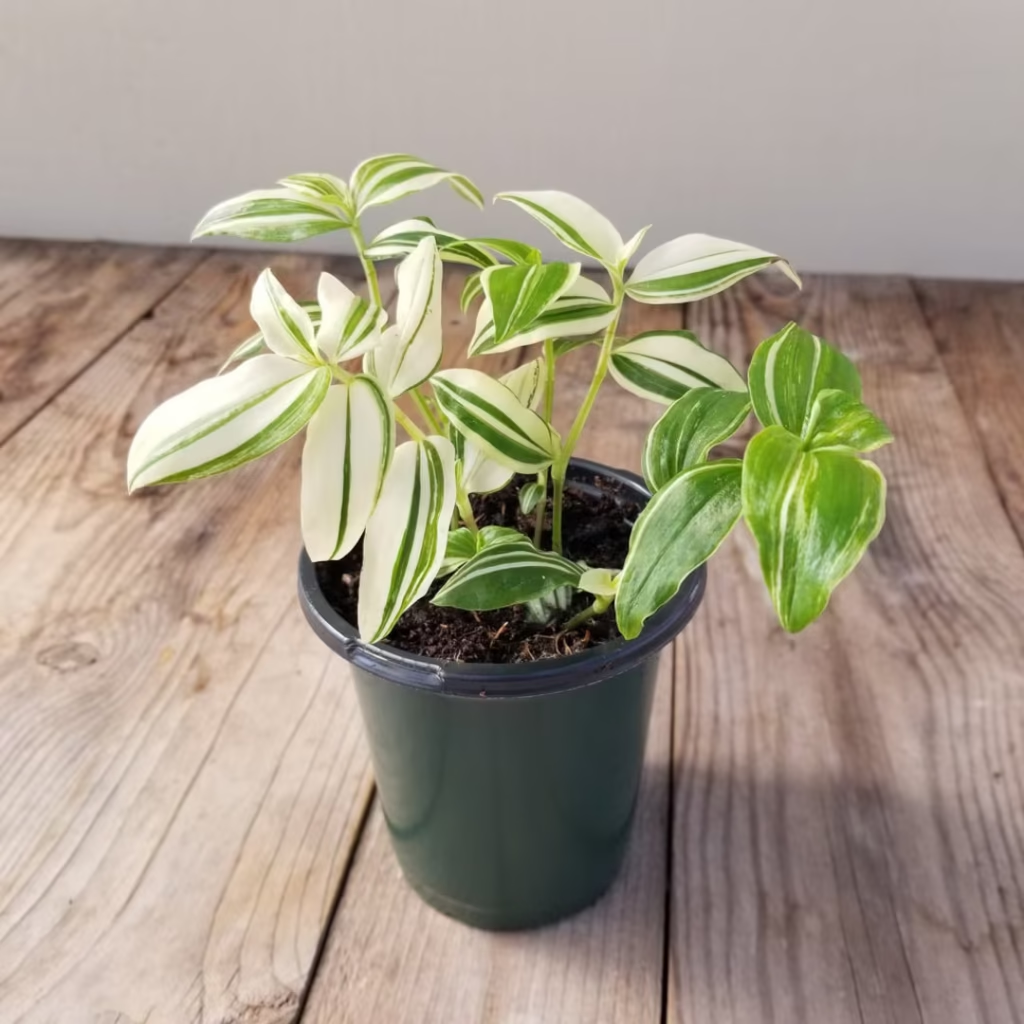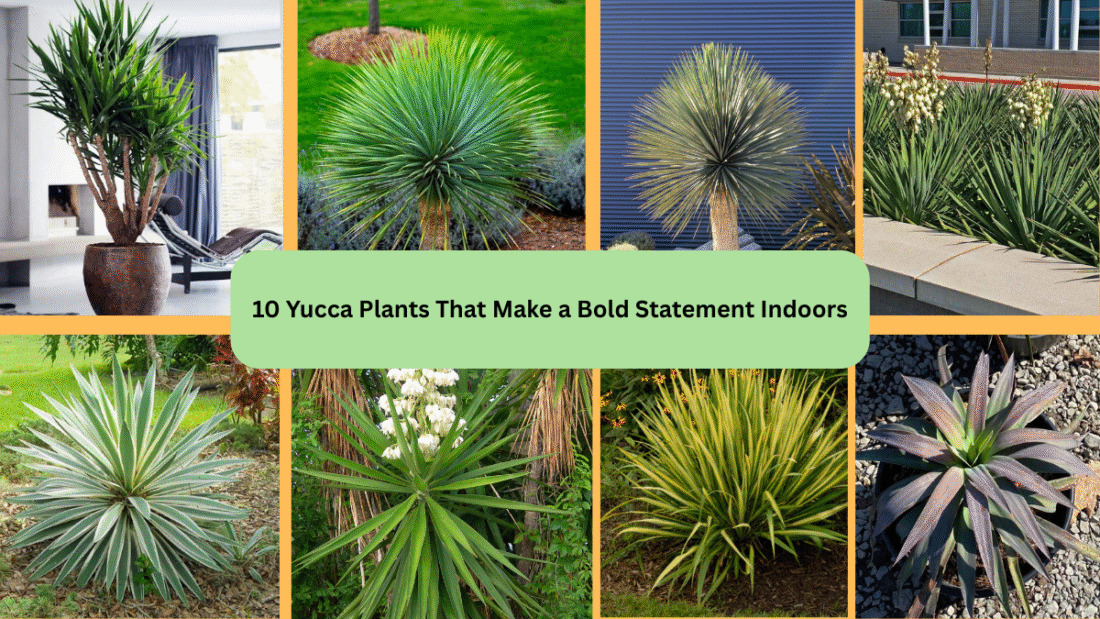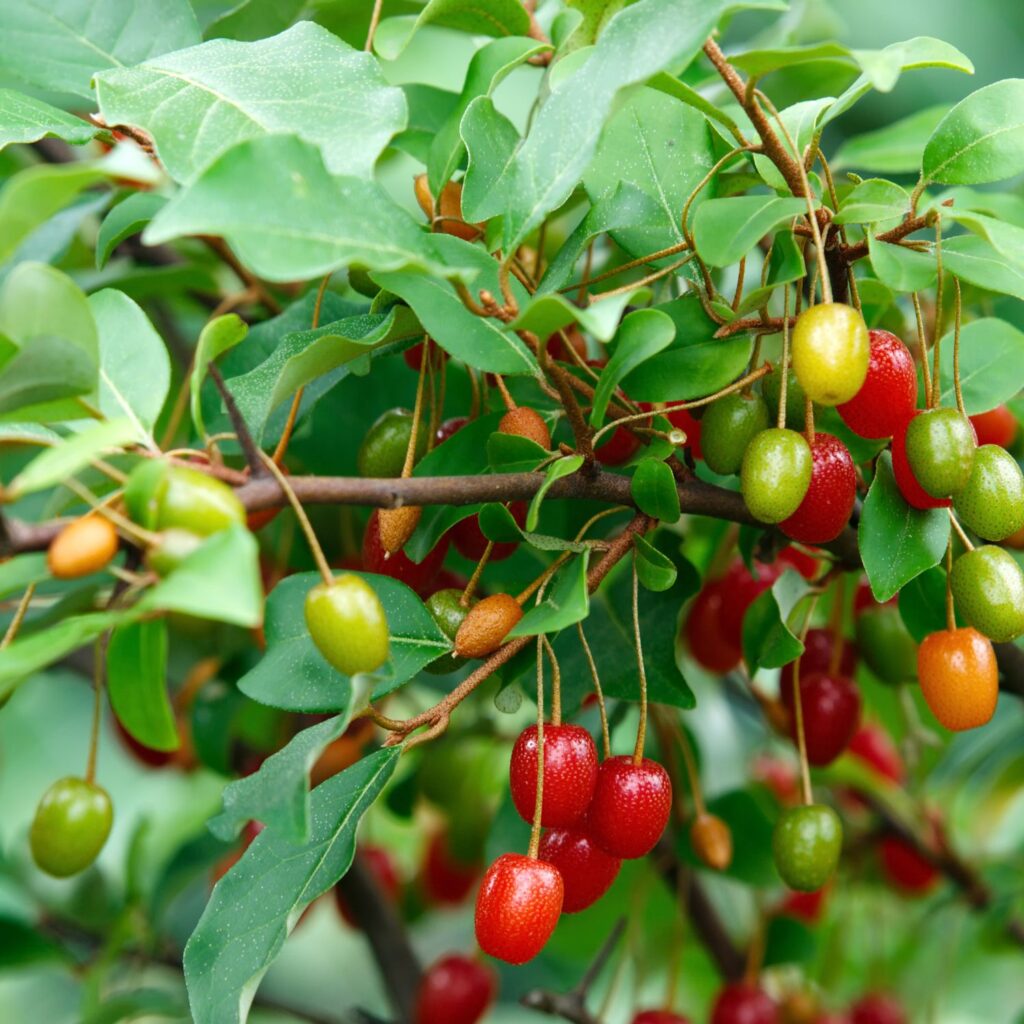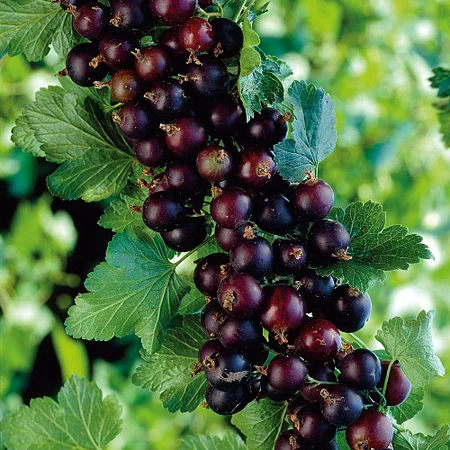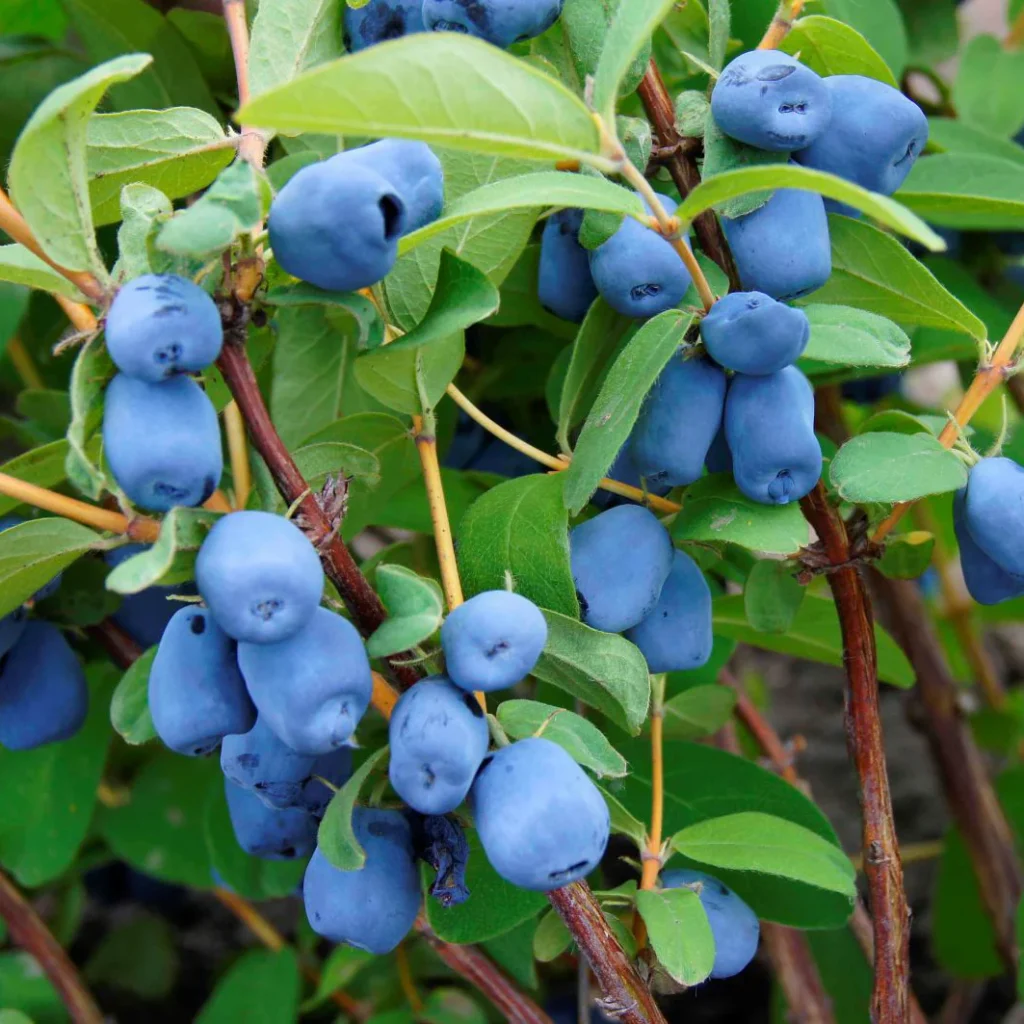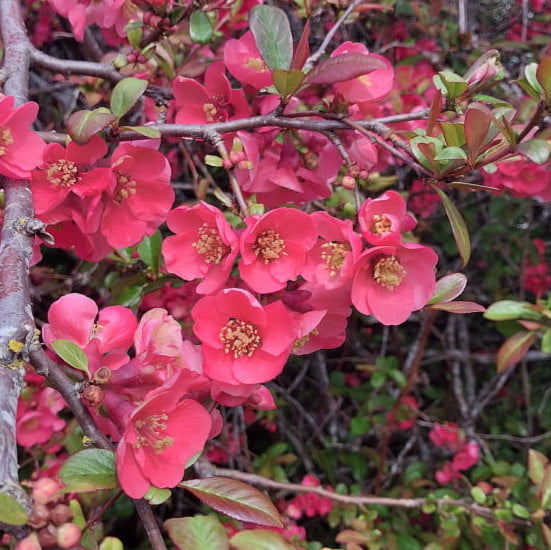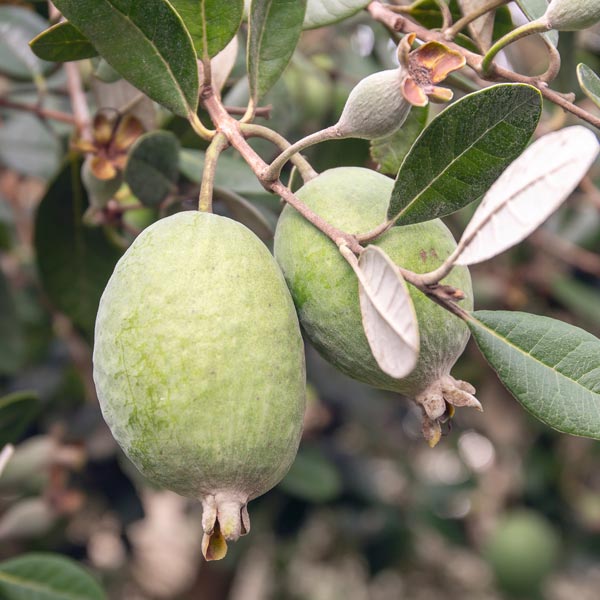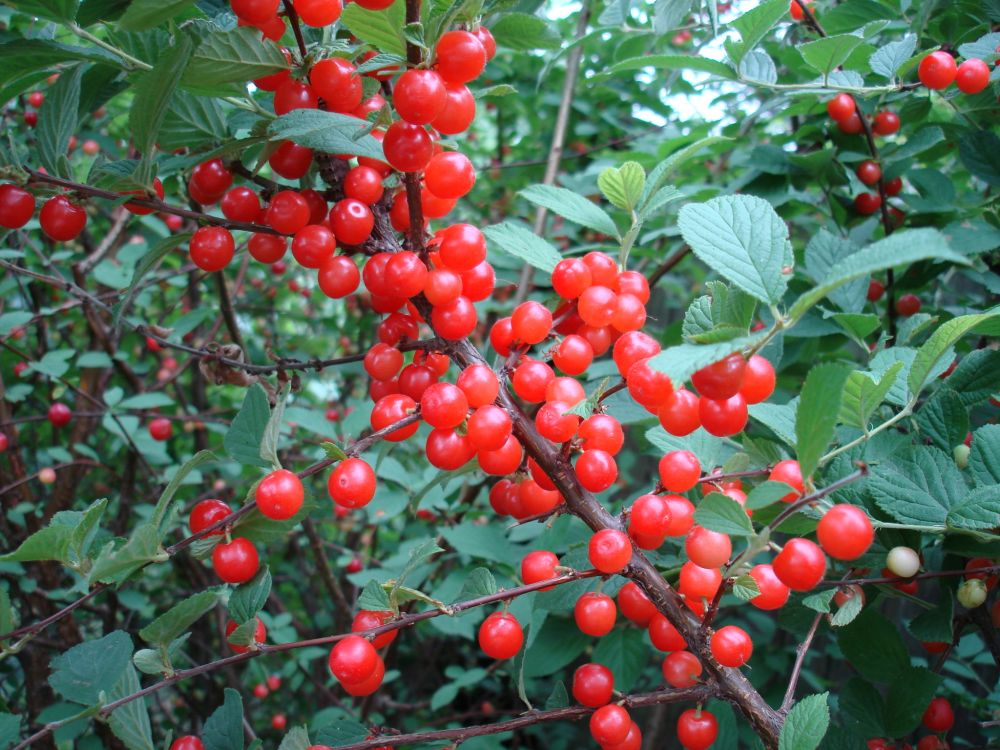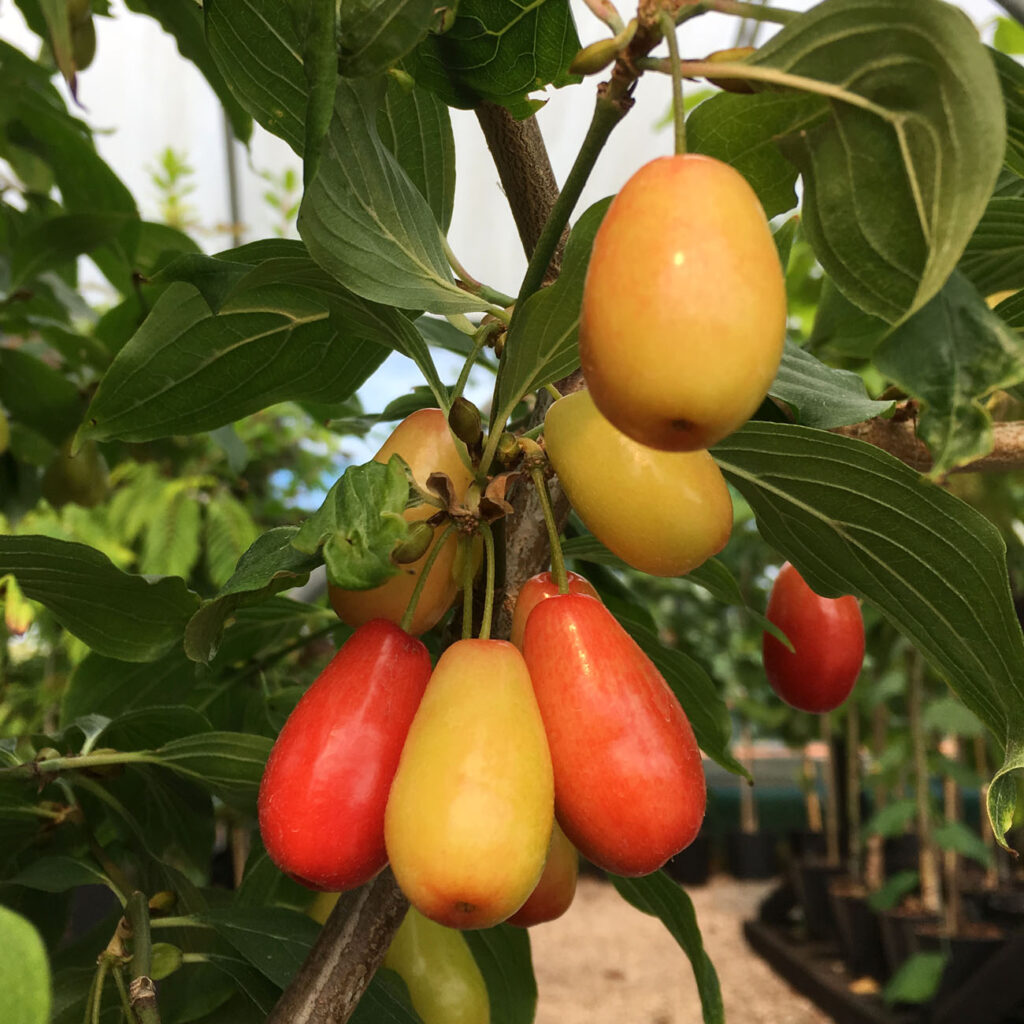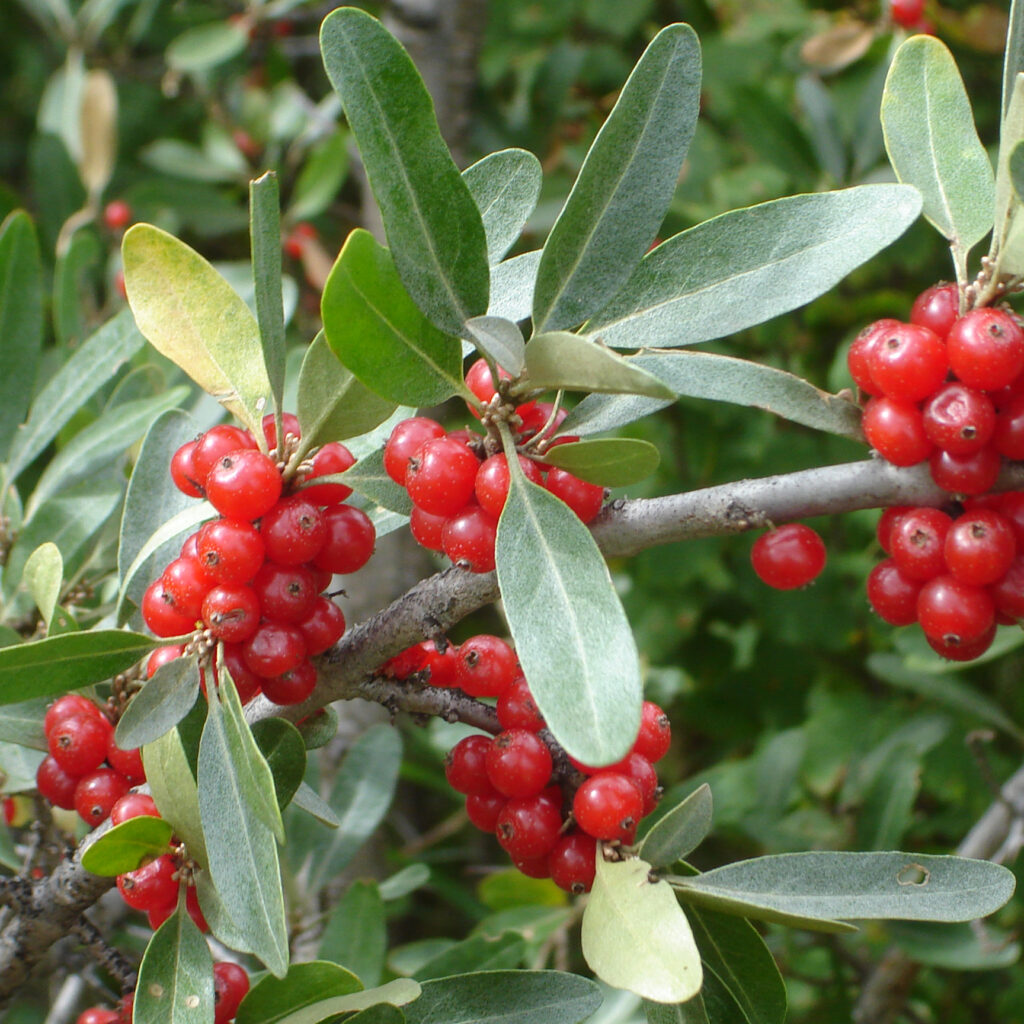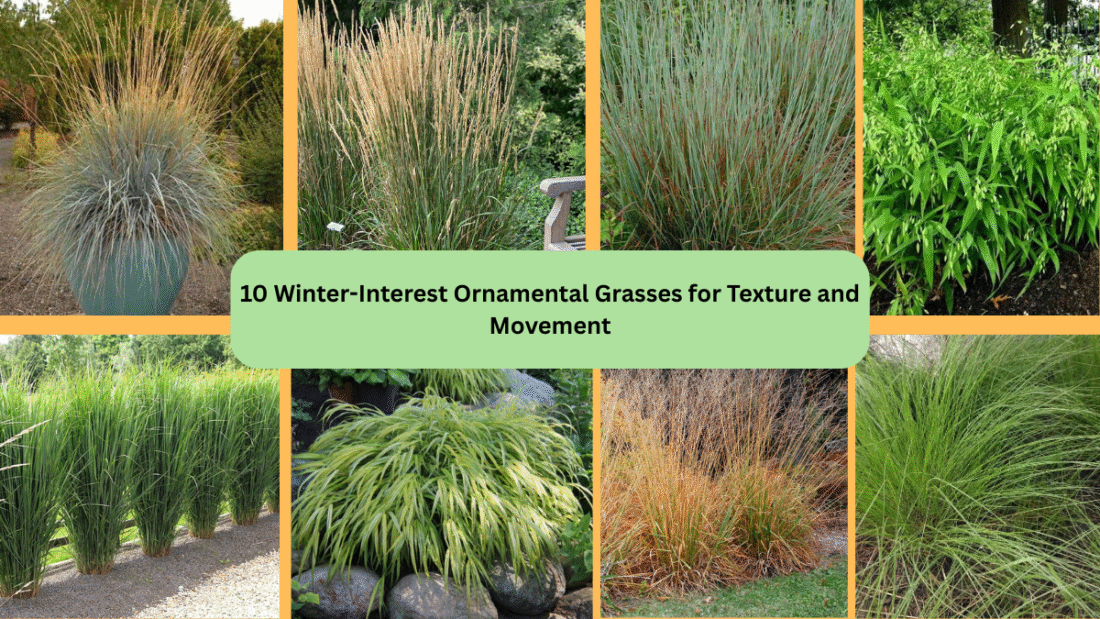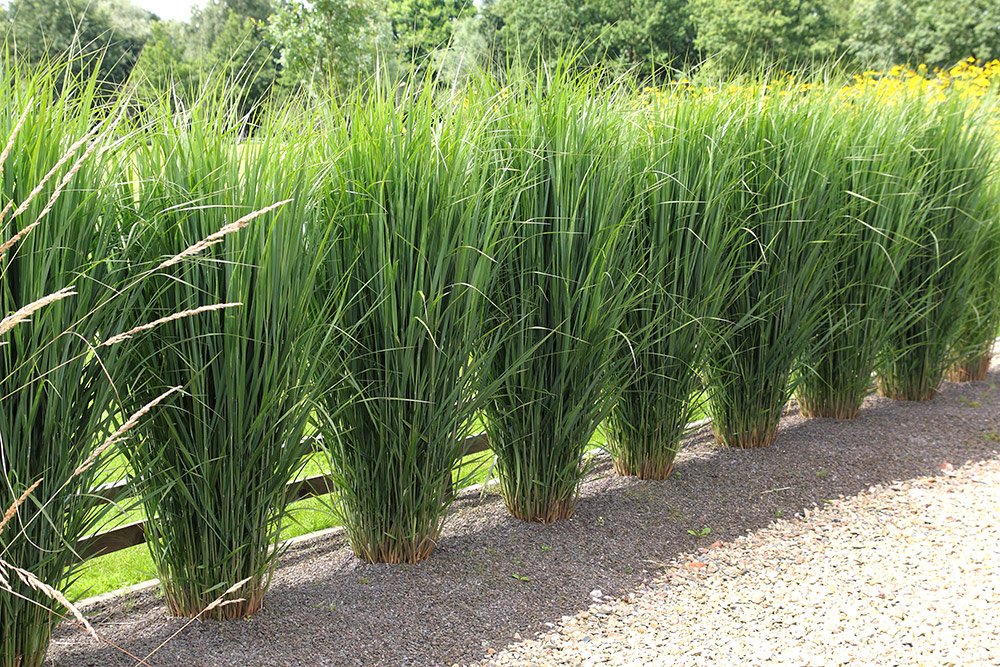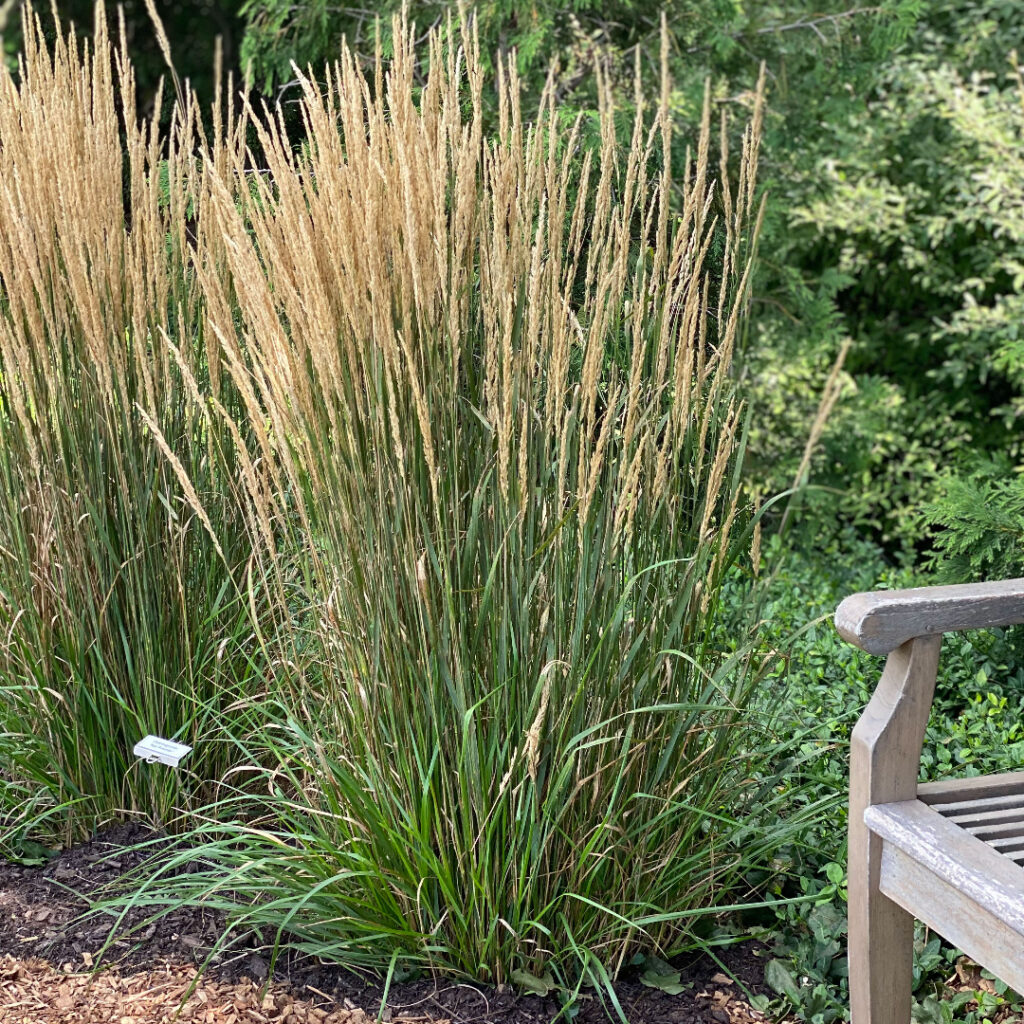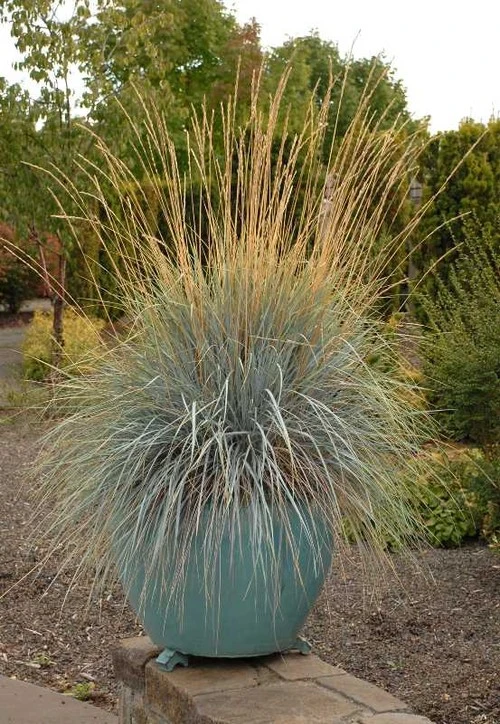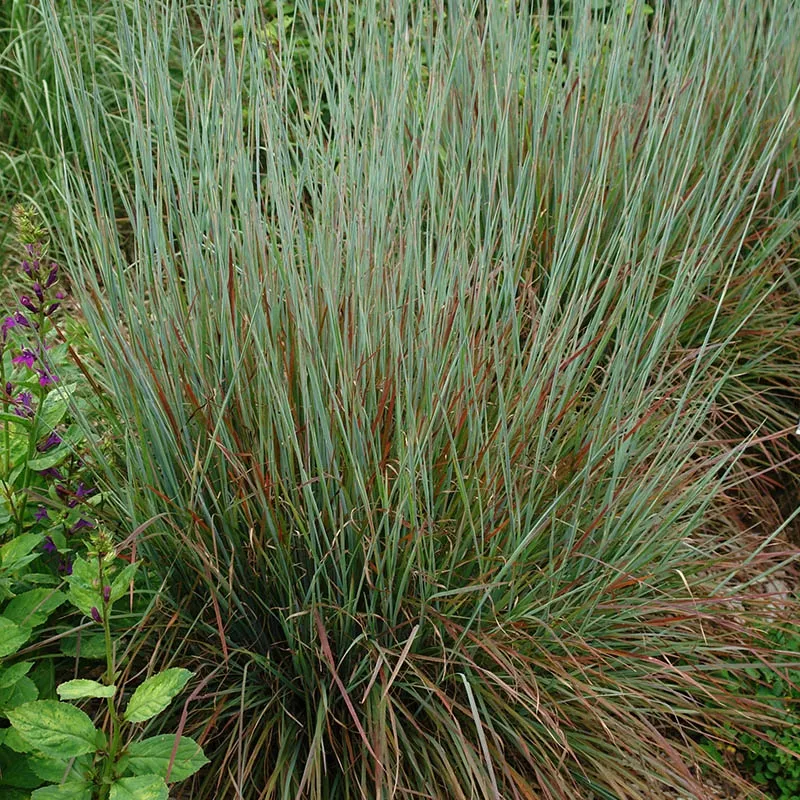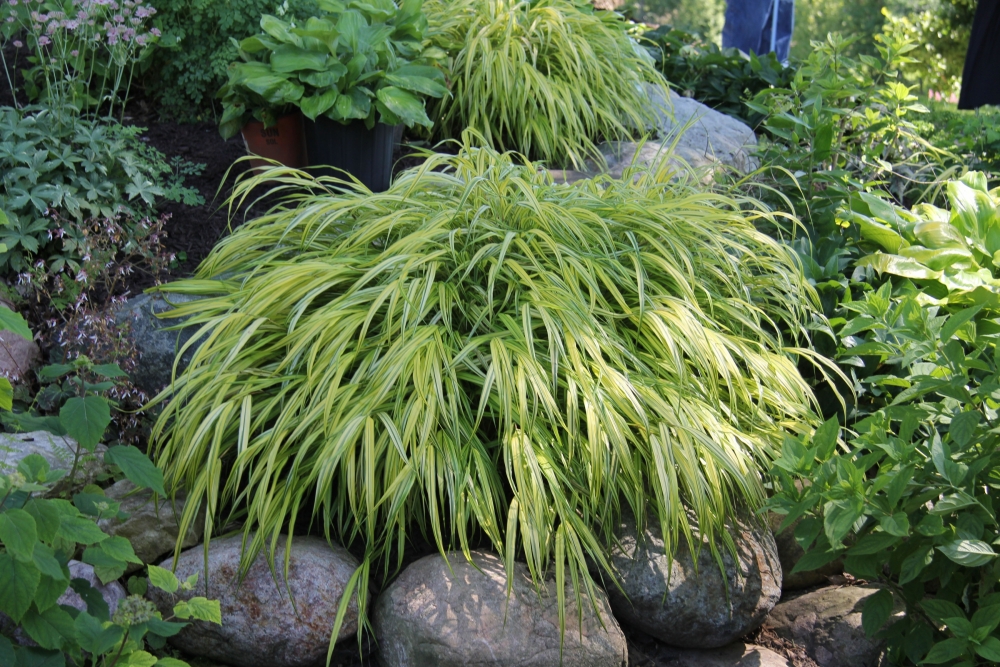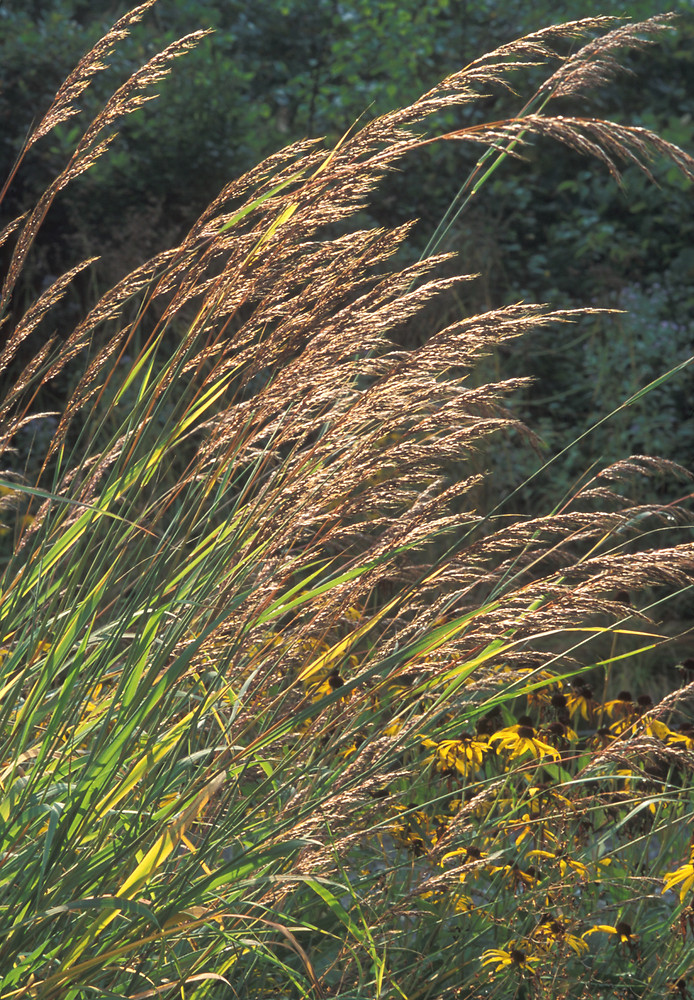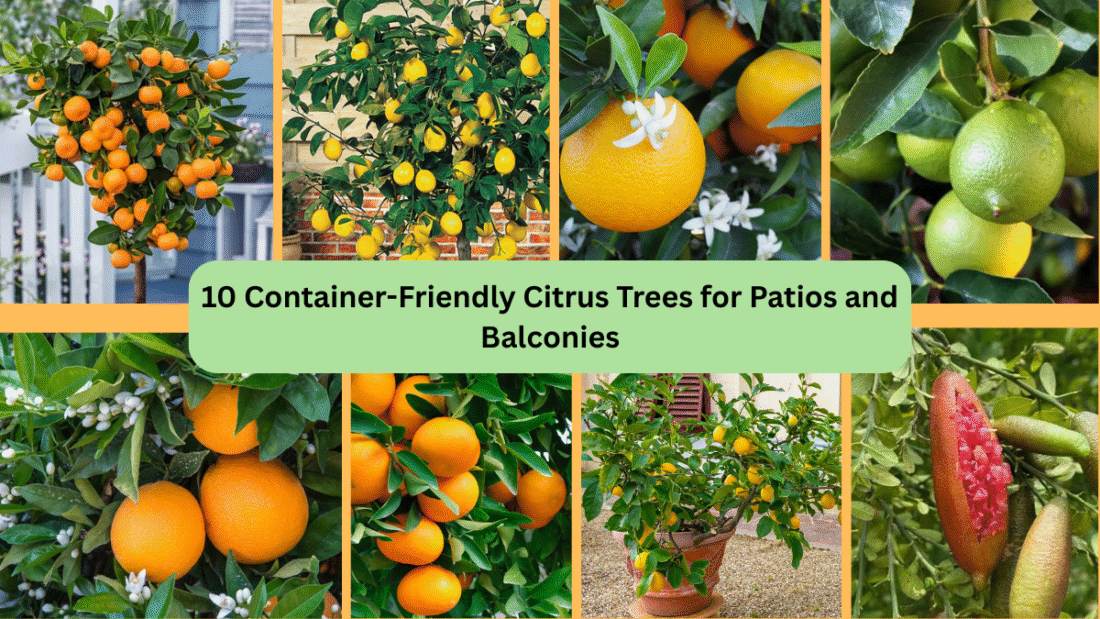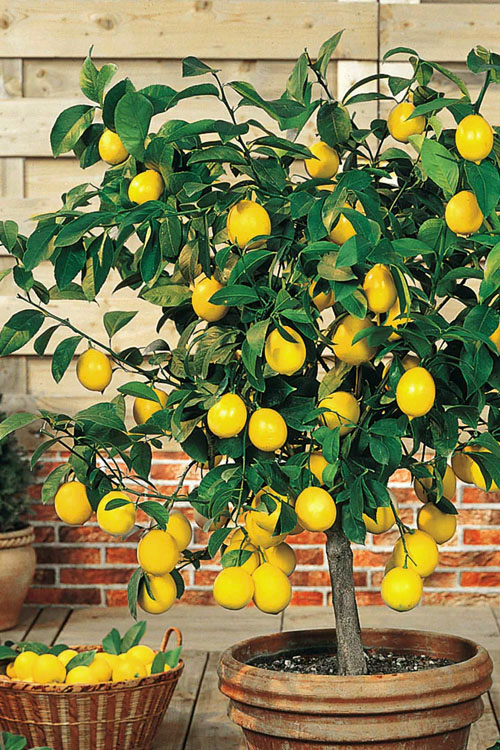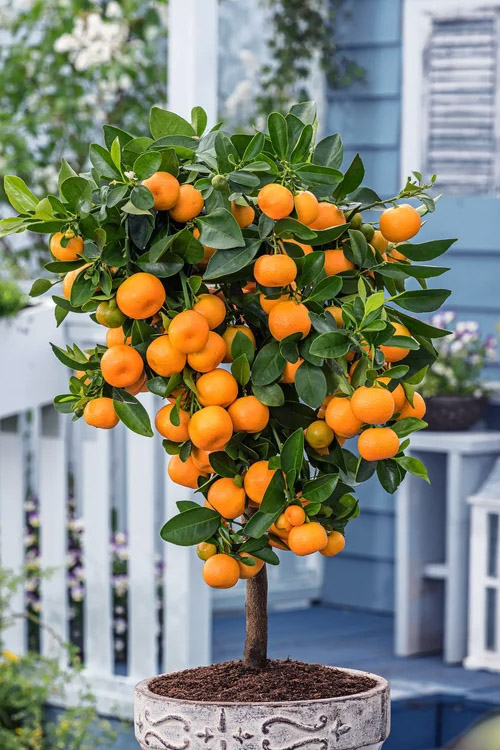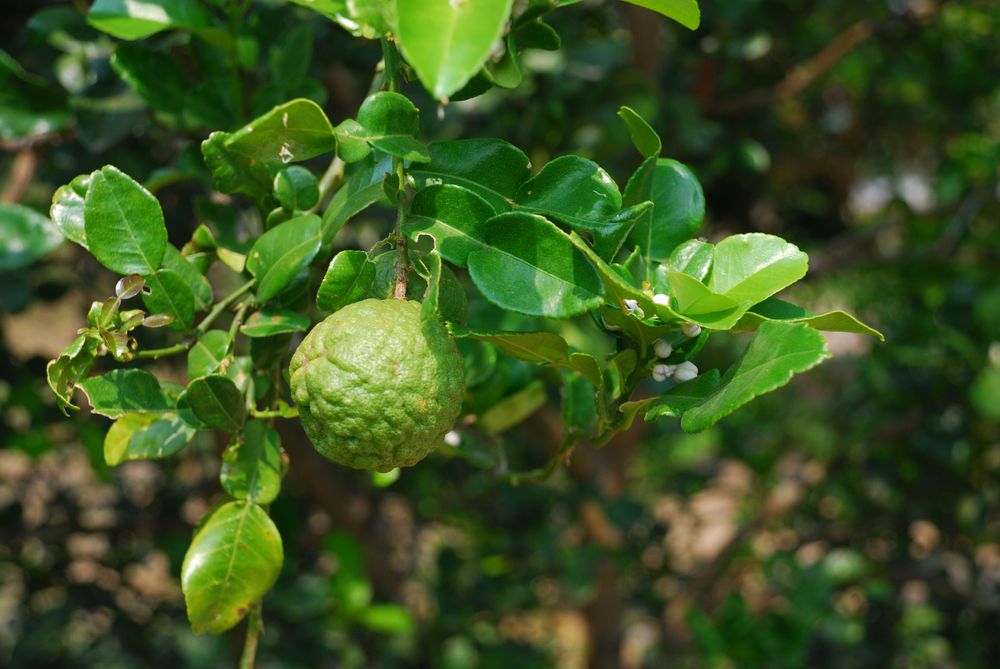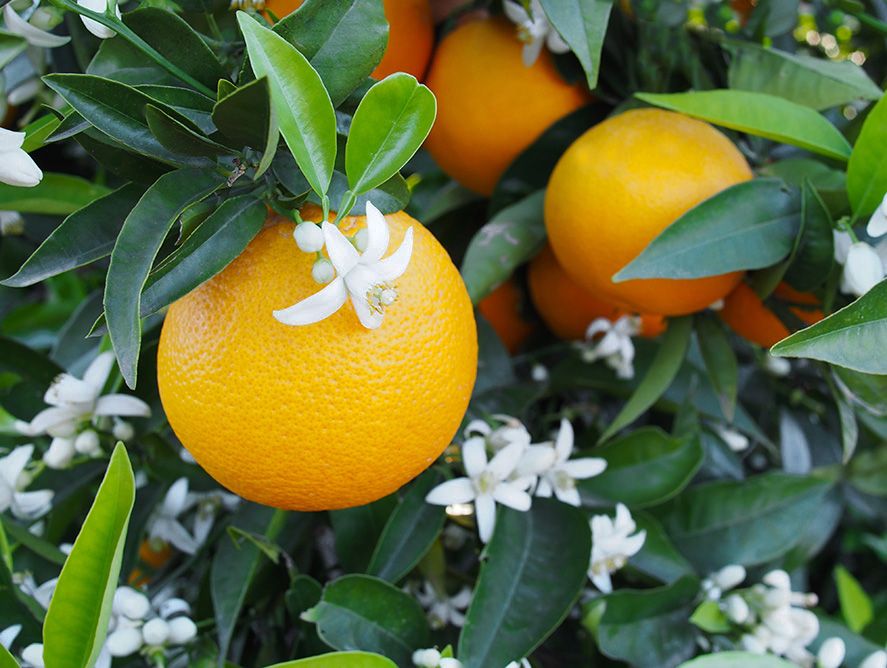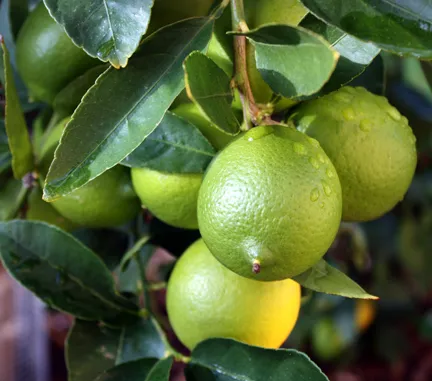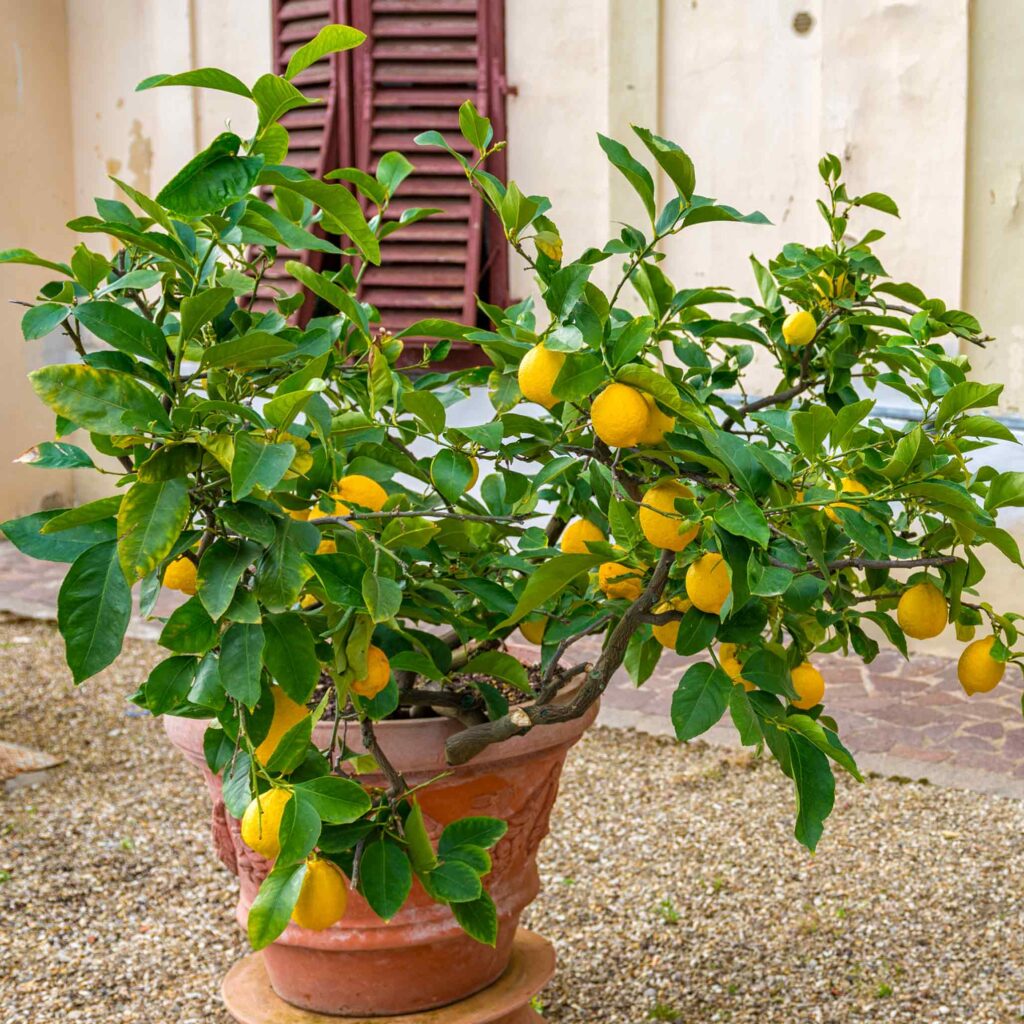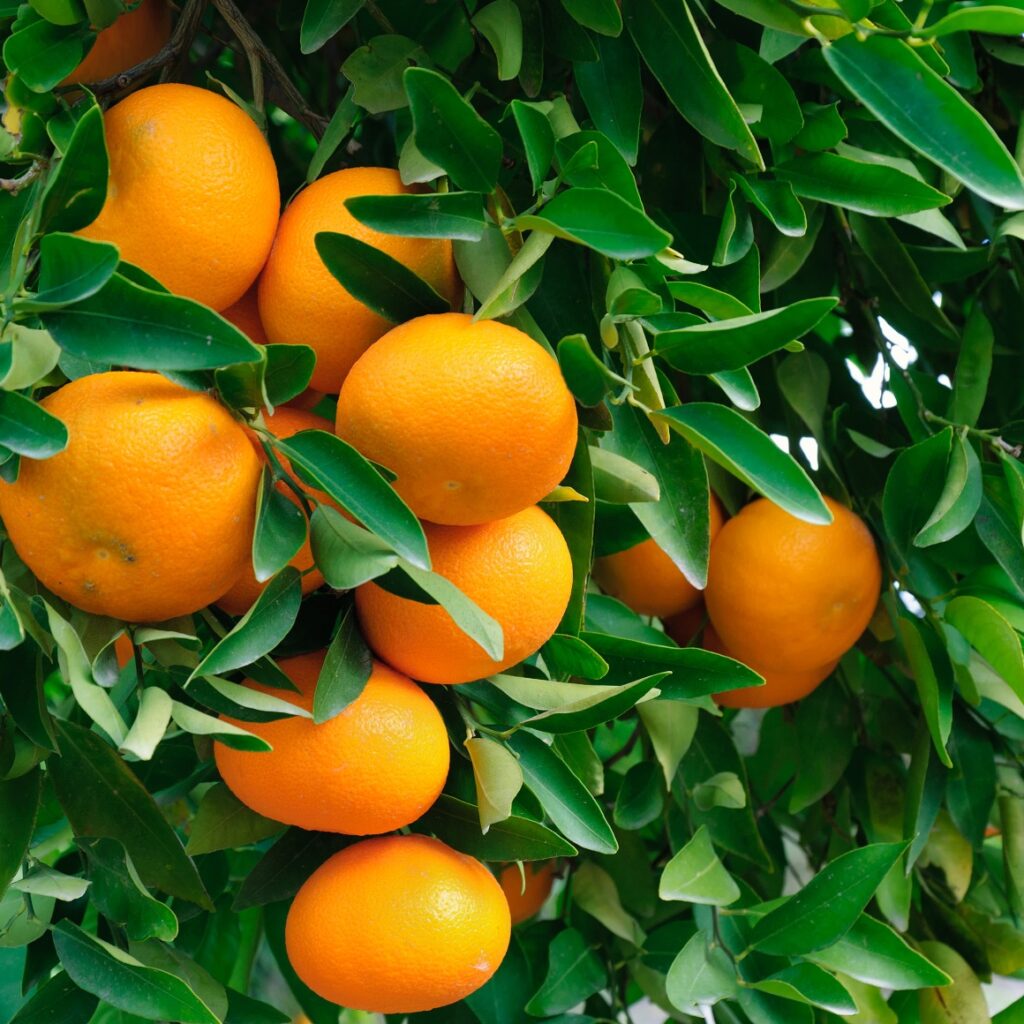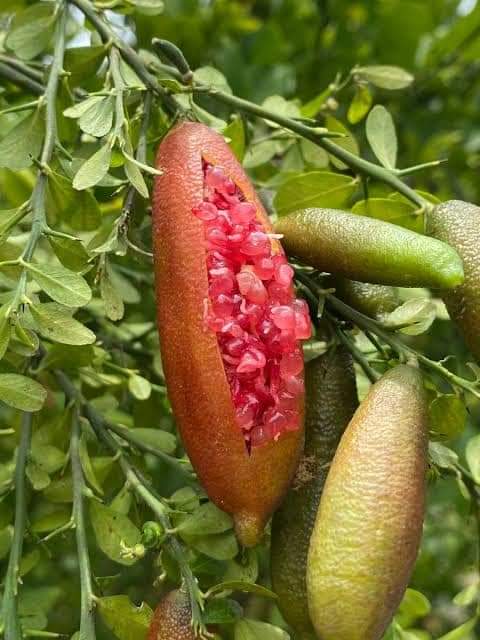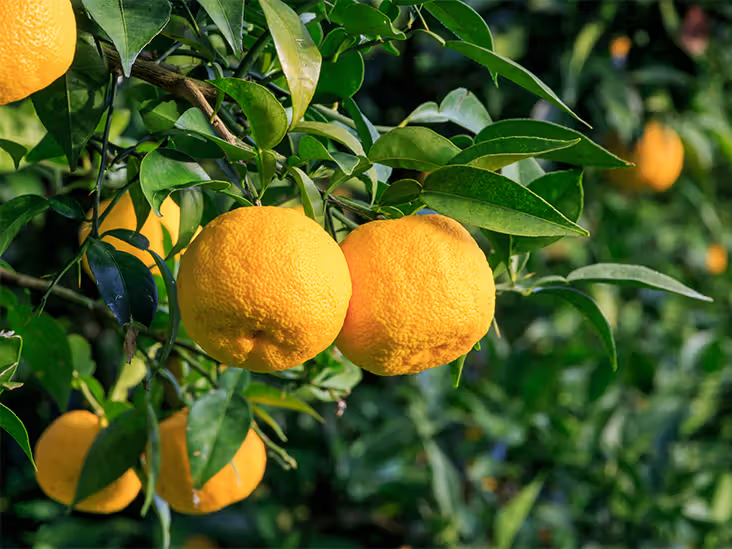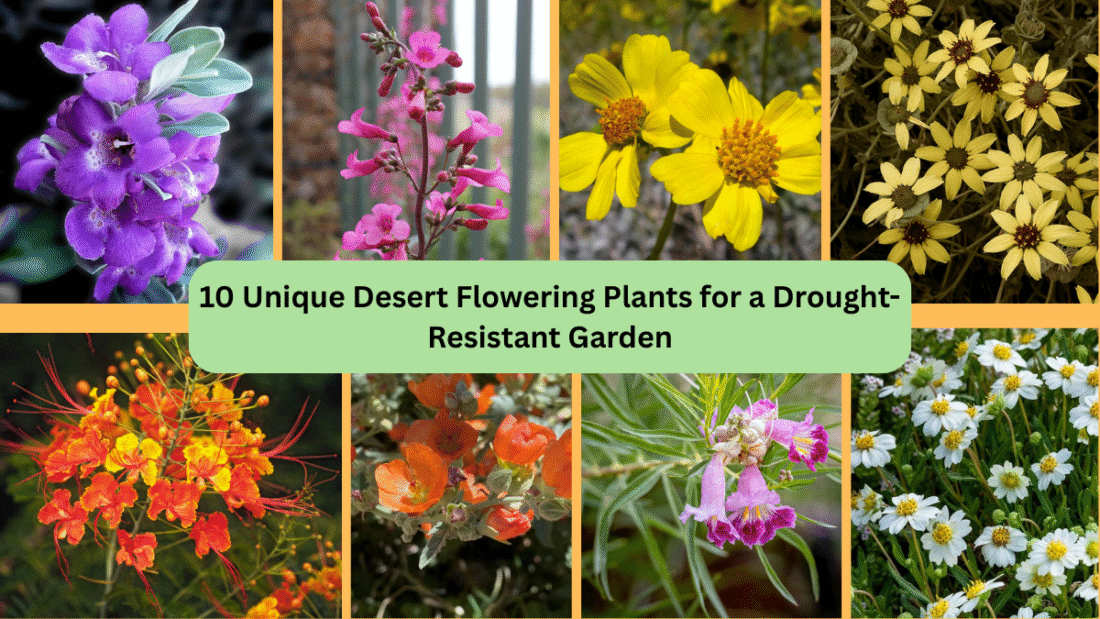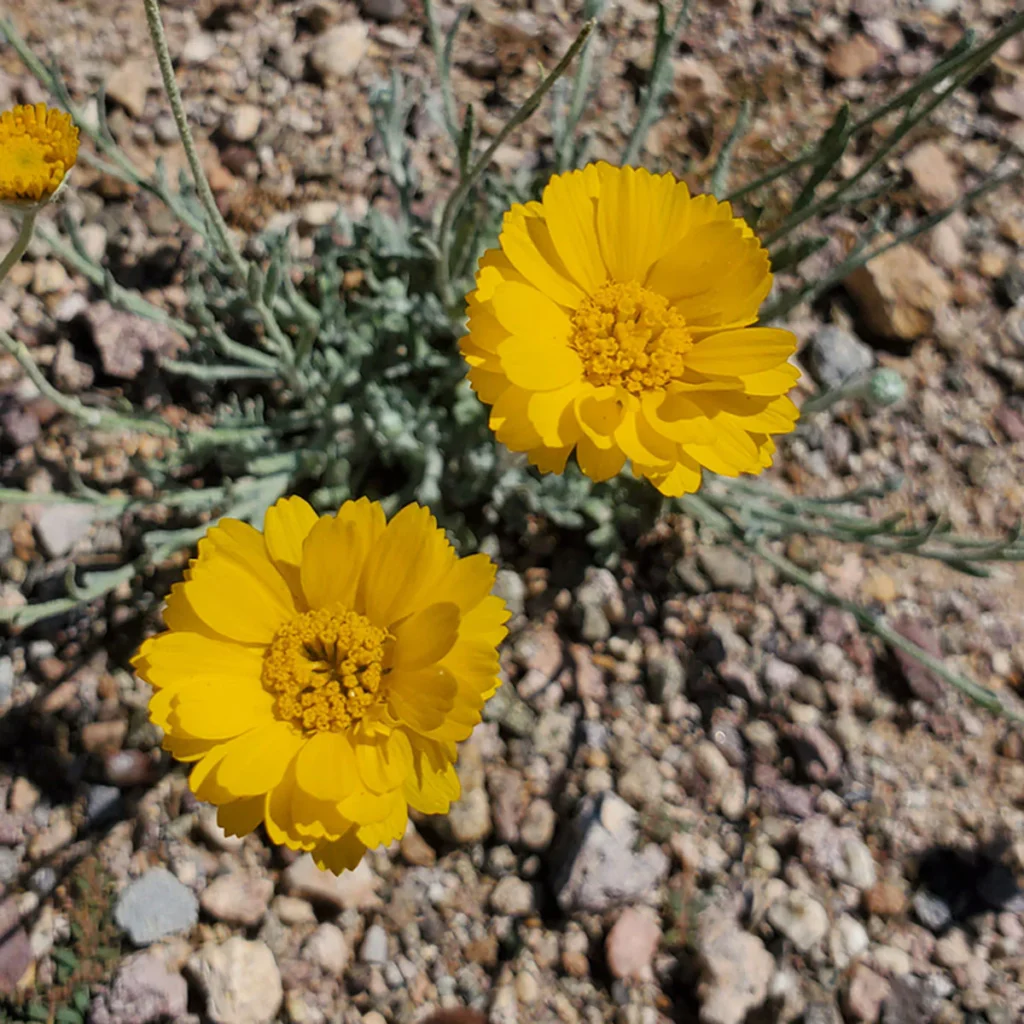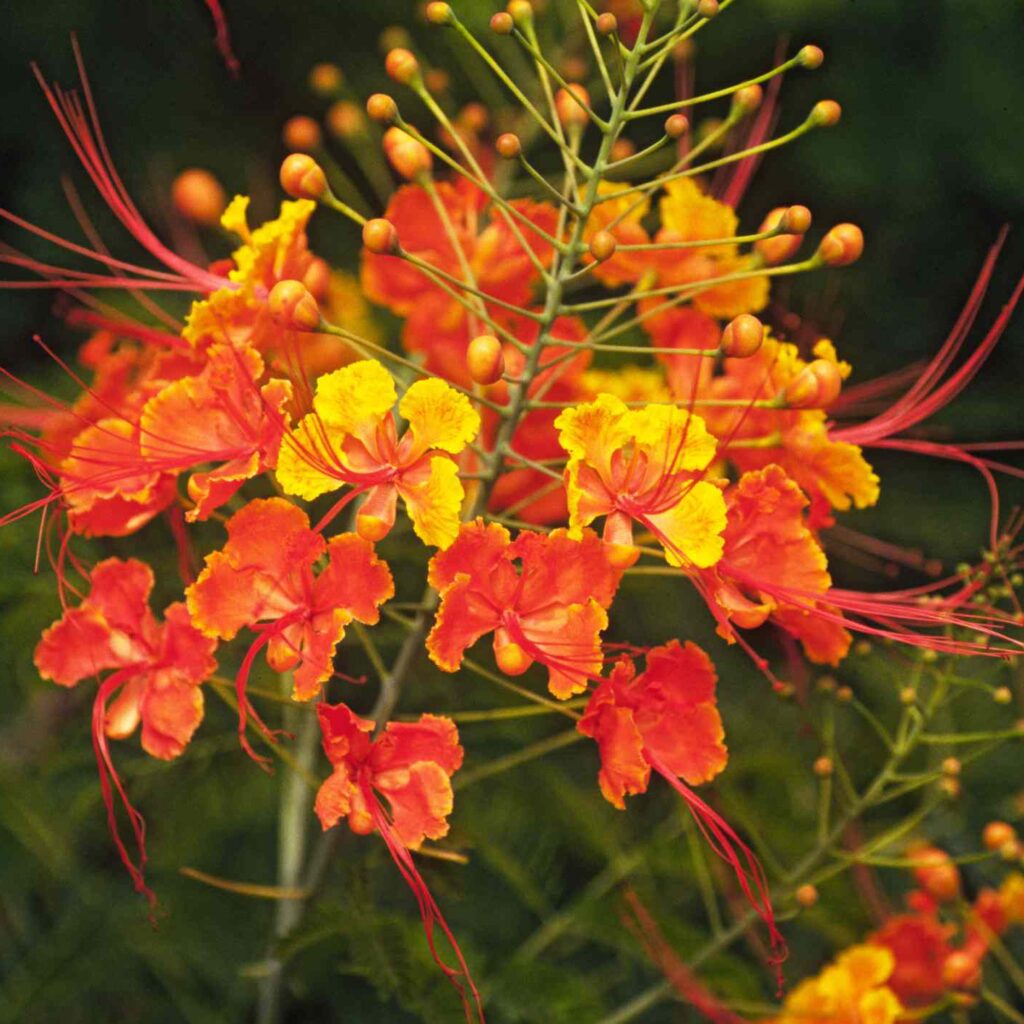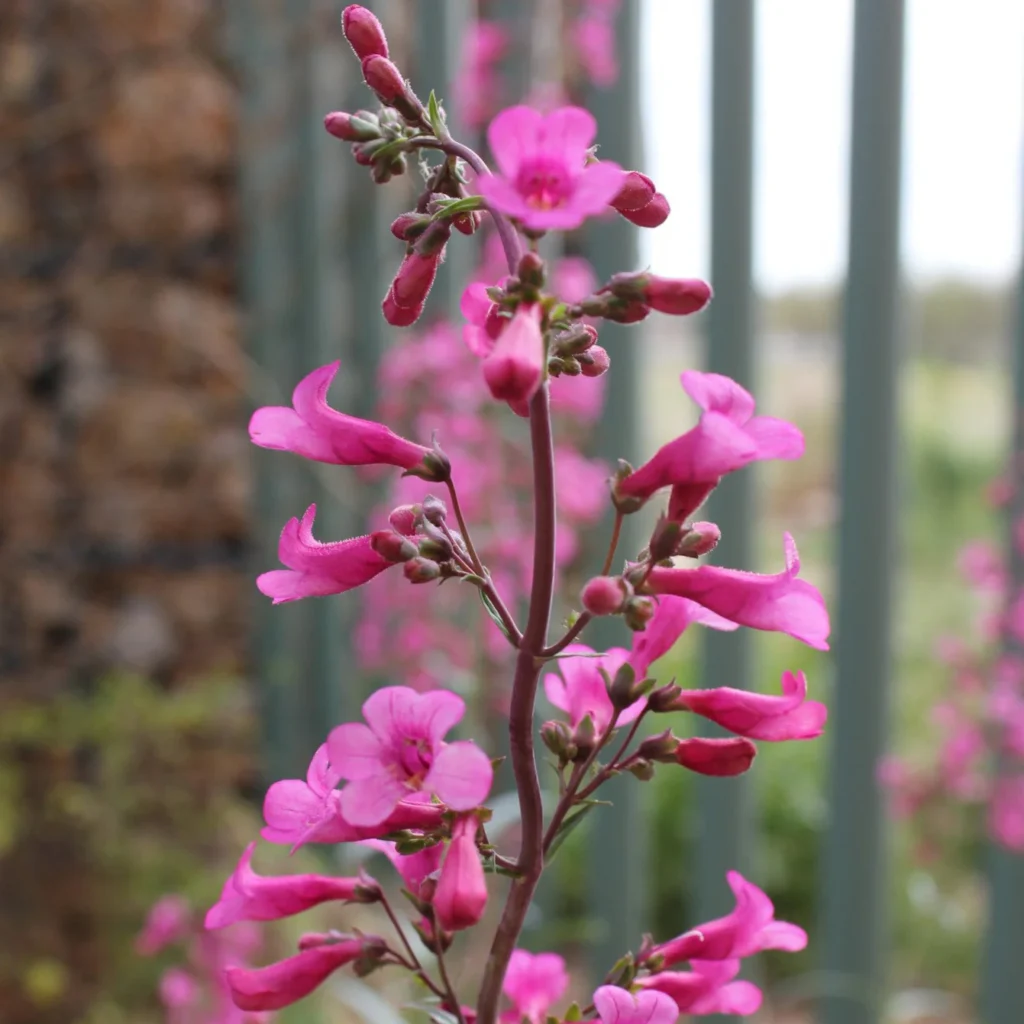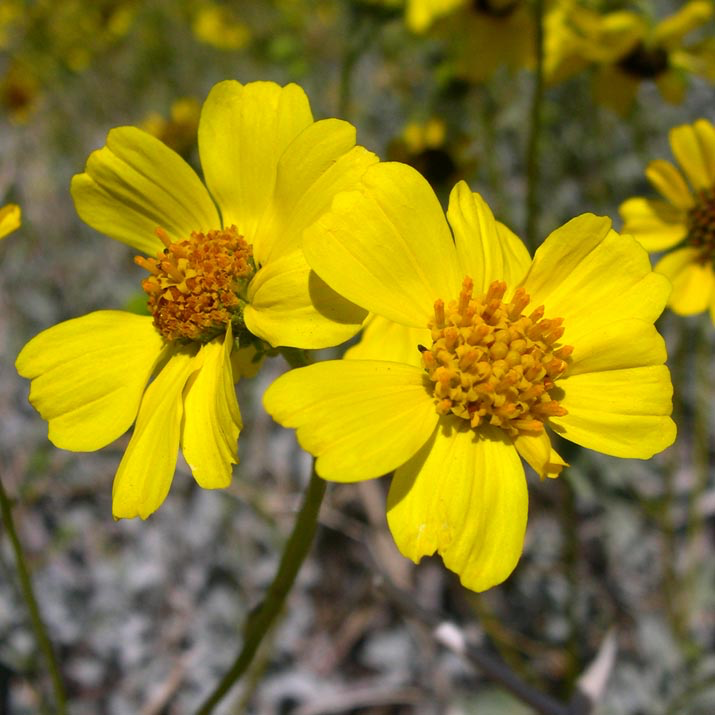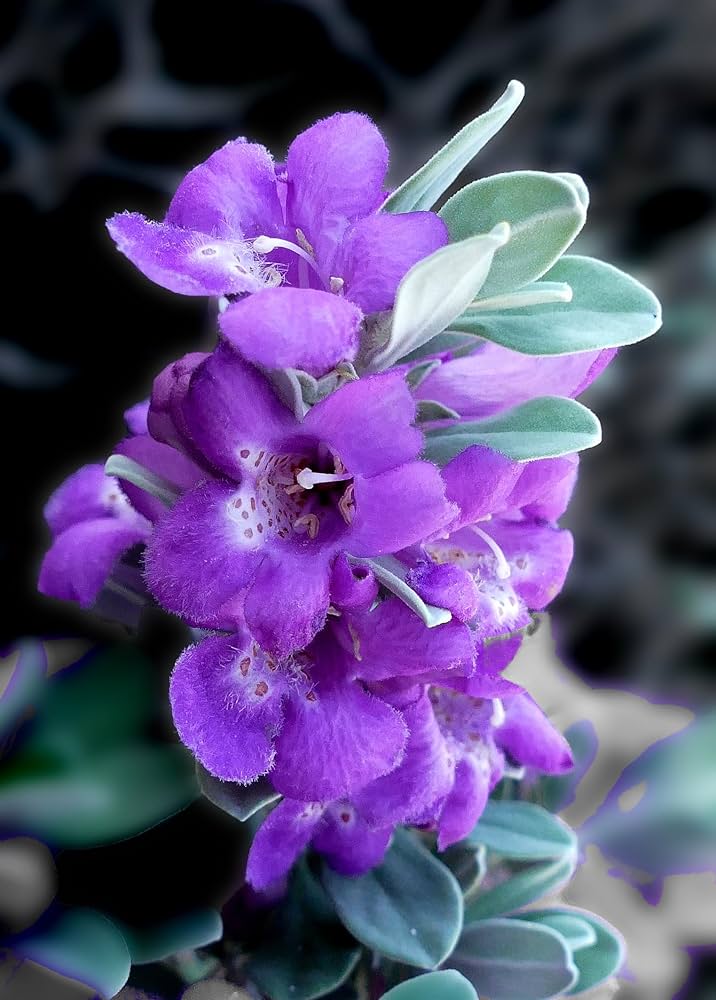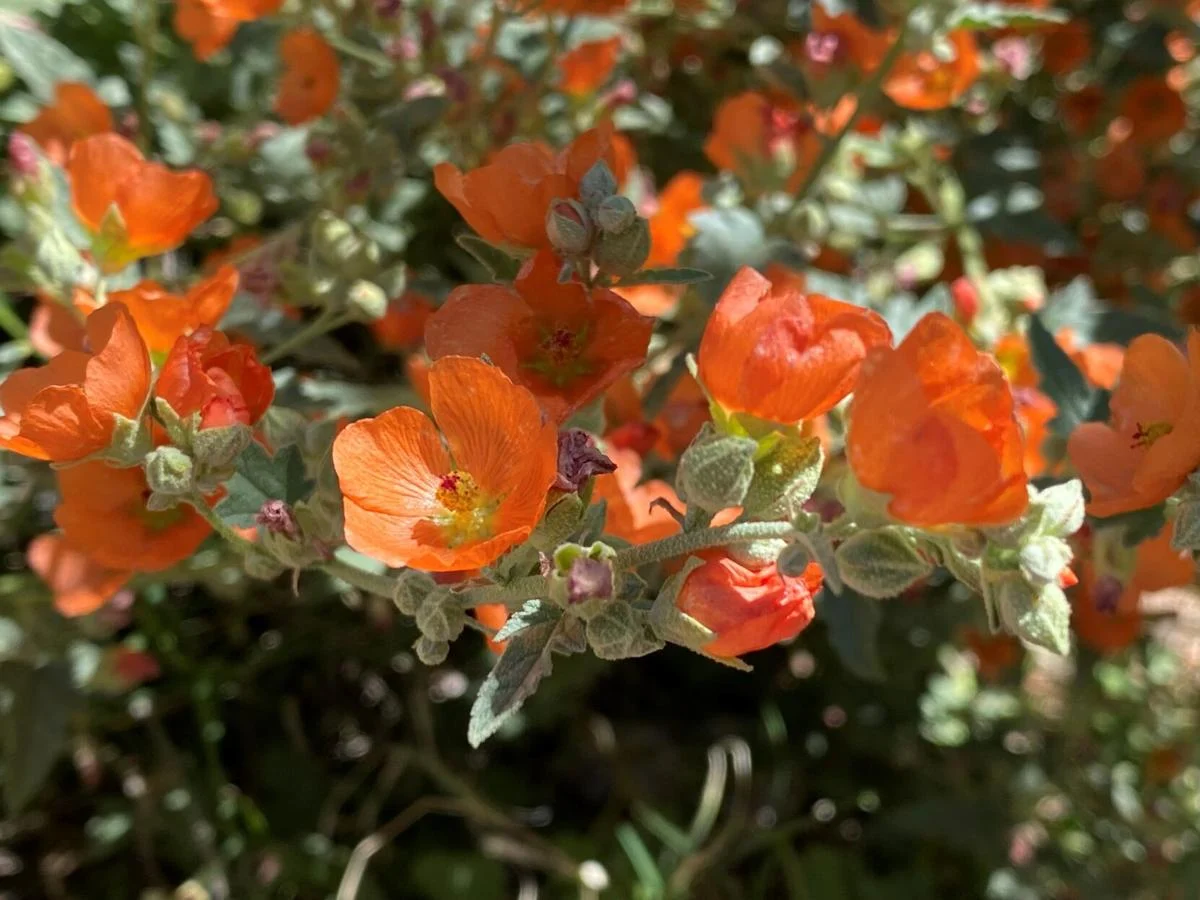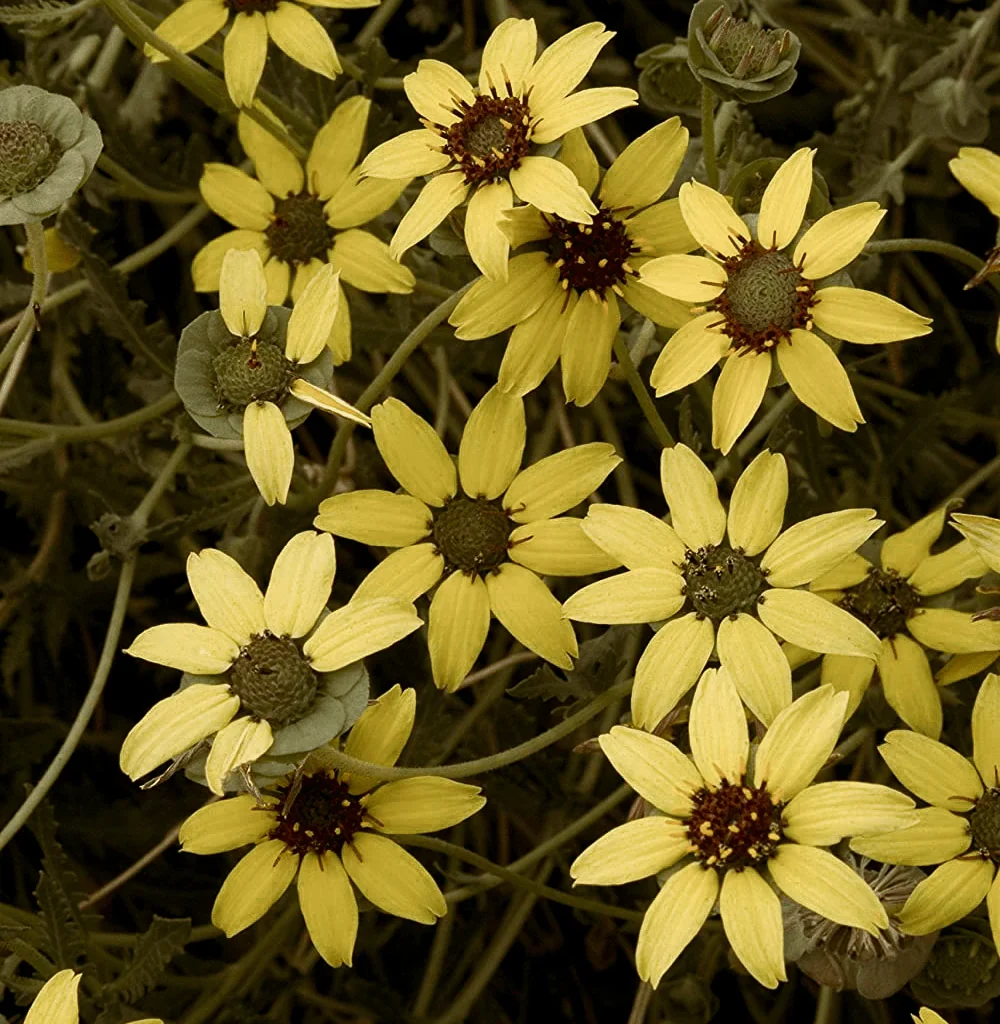A beautiful garden is more than just greenery it’s a vibrant canvas filled with color, texture, fragrance, and personality. Whether you have a sprawling backyard or a modest patio, choosing the right plants can transform your outdoor space into a show-stopping sanctuary. From bold blooms to lush foliage, these 10 outdoor plants are guaranteed to make your garden shine in every season, delighting guests and pollinators alike.
1. Hydrangea macrophylla (Bigleaf Hydrangea)

Classic blooms with a color-changing twist.
Hydrangeas are garden royalty for a reason. The large, cloud-like flower clusters of Hydrangea macrophylla can shift from blue to pink depending on the soil’s pH, offering a dynamic visual display. These shrubs bloom throughout summer and into fall, thriving in partial shade with moist, well-drained soil. Their lush foliage and voluminous blooms make them ideal for borders, foundation plantings, or as a colorful centerpiece in any flower bed.
2. Salvia nemorosa (Wood Sage)
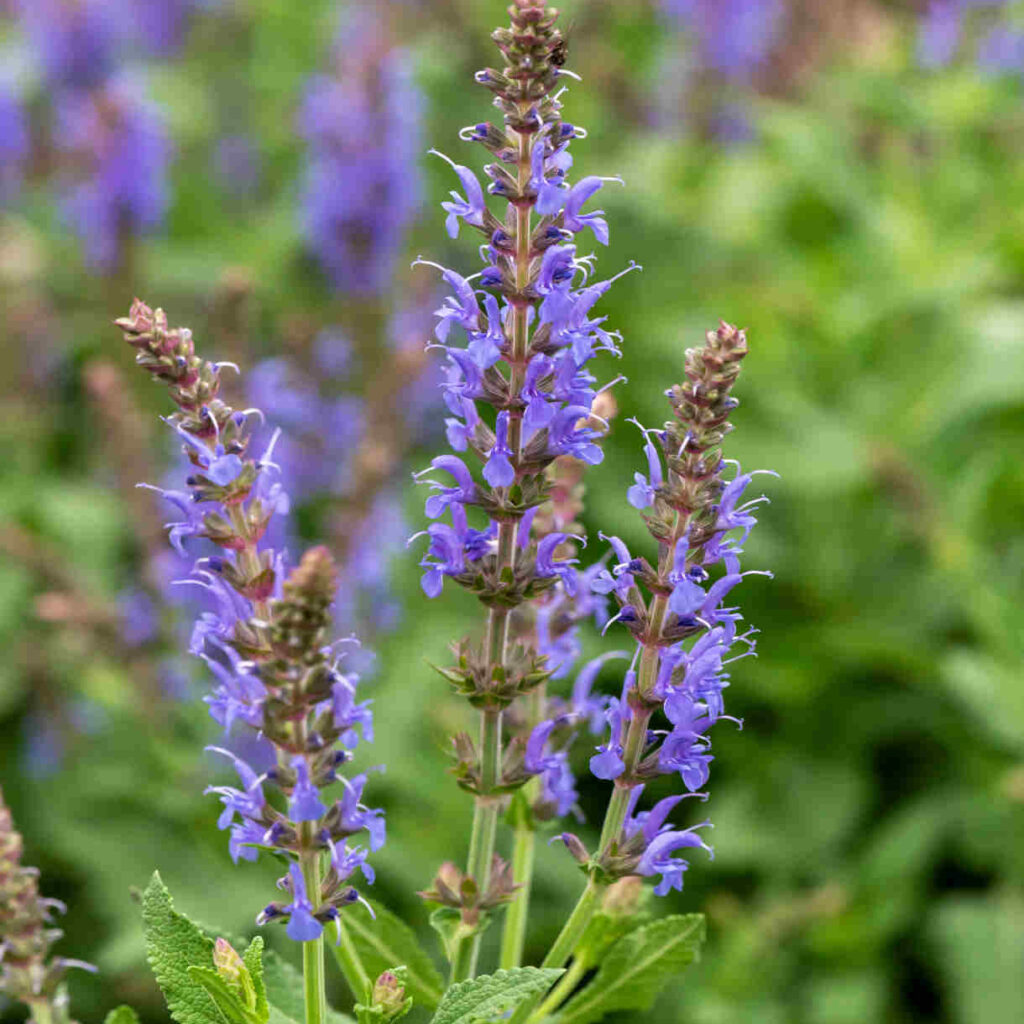
Long-lasting color that attracts pollinators.
This tough and beautiful perennial produces spiky purple-blue blooms from late spring through summer. Salvia nemorosa is loved by bees and butterflies and resists deer and drought a win-win for low-maintenance gardeners. Its tidy growth habit makes it ideal for borders and cottage gardens, and it pairs beautifully with roses and ornamental grasses. A little deadheading keeps the blooms coming all season long.
3. Coreopsis verticillata (Threadleaf Coreopsis)
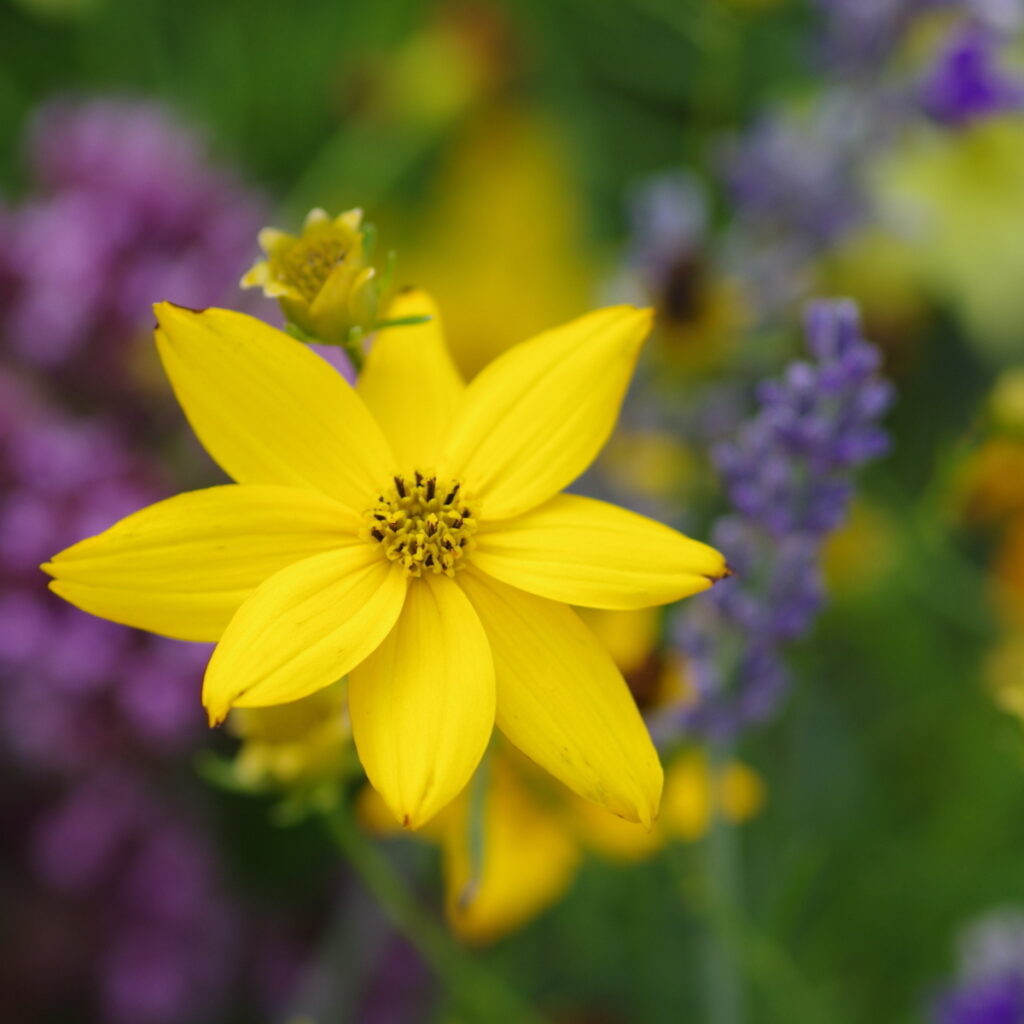
Golden-yellow blooms that thrive in sun.
Coreopsis, also known as tickseed, brings sunshine to the garden with its cheerful daisy-like flowers. The threadleaf variety offers delicate, ferny foliage that contrasts beautifully with its vivid blooms. Extremely drought-tolerant and easy to grow, it’s perfect for sunny borders, rock gardens, or even containers. With regular deadheading, it will bloom from early summer through fall.
4. Heuchera (Coral Bells)
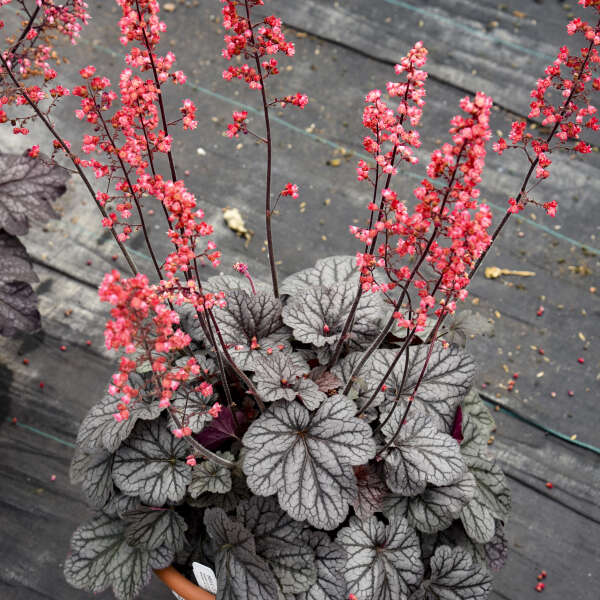
Foliage fireworks for every corner of the garden.
While Heuchera does produce small bell-shaped flowers, it’s the stunning, multicolored foliage that steals the show. With shades ranging from lime green to deep burgundy and silver, Heuchera adds color even when other plants are out of bloom. These hardy perennials thrive in both sun and shade depending on the variety and look fabulous in mixed beds or underplanting trees.
5. Rudbeckia fulgida (Black-Eyed Susan)

Bright blooms that scream summer.
Nothing says summer quite like the sunny yellow petals and dark centers of Black-Eyed Susans. These perennials are incredibly easy to grow and can handle poor soil, heat, and drought. They make excellent cut flowers, bloom from midsummer to frost, and attract butterflies and bees. Plant them en masse for a dramatic effect or mix them with ornamental grasses for a prairie-inspired look.
6. Echinacea purpurea (Purple Coneflower)
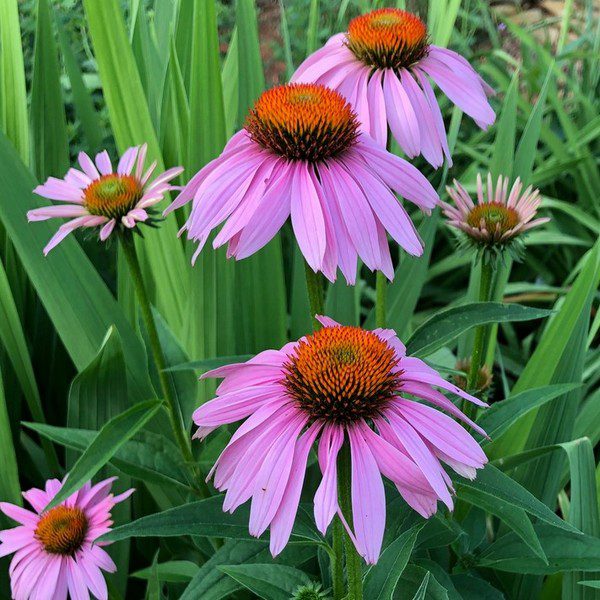
Bold and beneficial for bees and birds.
With its large, daisy-like flowers in shades of pink and purple, Echinacea is both beautiful and beneficial. This native perennial draws in pollinators during the growing season and provides seed heads for birds in fall. It’s highly drought-tolerant, thrives in full sun, and adds vertical interest to flower beds. Try newer cultivars for unique colors like white, orange, and red.
7. Japanese Maple (Acer palmatum)
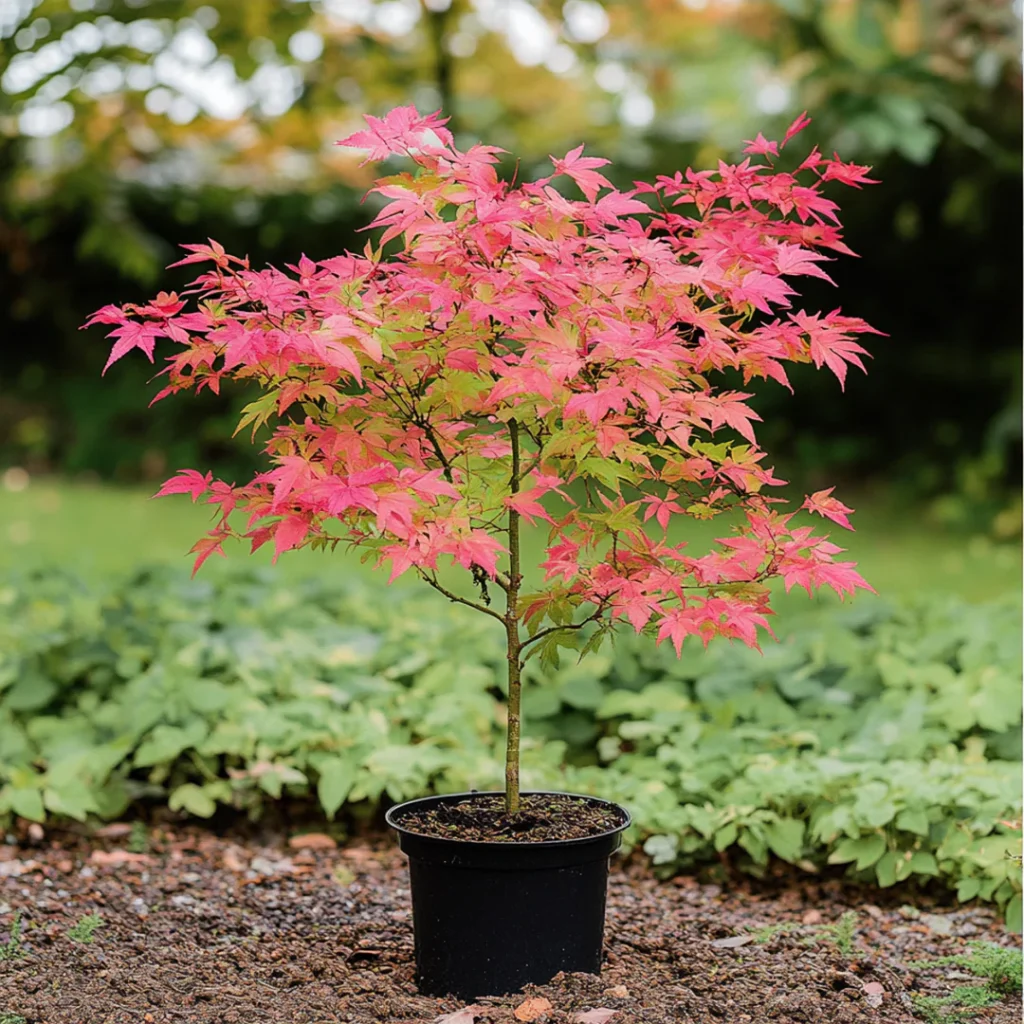
Sculptural elegance with fiery foliage.
For structure and year-round beauty, few plants rival the Japanese Maple. Known for its delicate, deeply cut leaves and brilliant red or golden fall color, it adds elegance to any garden. Dwarf varieties can fit in smaller gardens or containers, while larger cultivars create dramatic focal points. These trees prefer partial shade and moist, well-drained soil, making them ideal for woodland gardens or as stand-alone specimens.
8. Nepeta faassenii (Catmint)
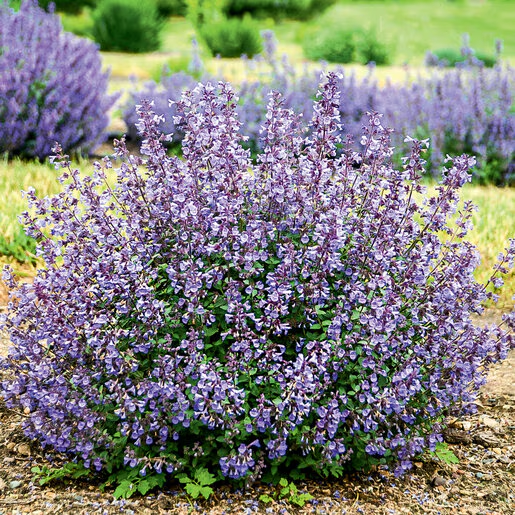
Fragrant, fuzzy, and full of charm.
Catmint is a dream for gardeners who want reliable blooms and minimal effort. With soft gray-green foliage and long-lasting lavender-blue flowers, it spills beautifully over paths and borders. It’s fragrant, deer-resistant, and loved by pollinators. Nepeta faassenii blooms from late spring through summer and thrives in sunny spots with well-drained soil.
9. Dianthus (Pinks)

Frilly flowers with a sweet clove scent.
Dianthus offers compact growth, frilly petals, and charming fragrance. Available in pink, red, and white, these cottage garden staples bloom in late spring and often rebloom with deadheading. Their gray-green foliage provides a lovely contrast, and they do well in rock gardens, borders, and containers. Full sun and well-drained soil help them flourish.
10. Ornamental Grasses (e.g., Miscanthus, Pennisetum)
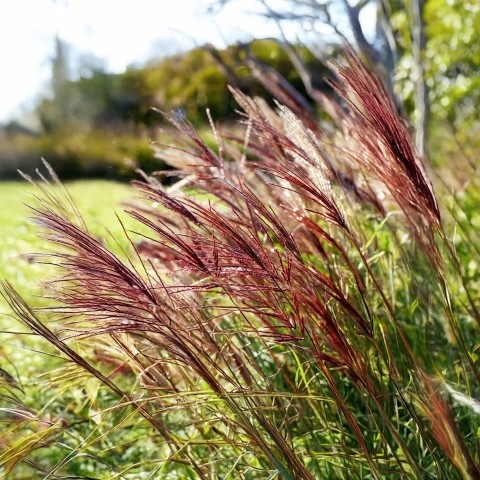
Texture and movement for dynamic gardens.
Ornamental grasses add height, texture, and graceful motion to the garden. Varieties like Miscanthus or Pennisetum alopecuroides form beautiful mounds topped with feathery plumes in late summer and fall. They’re drought-tolerant, low-maintenance, and visually interesting even in winter. Use them to anchor beds, create privacy, or add rhythm to a landscape design.

